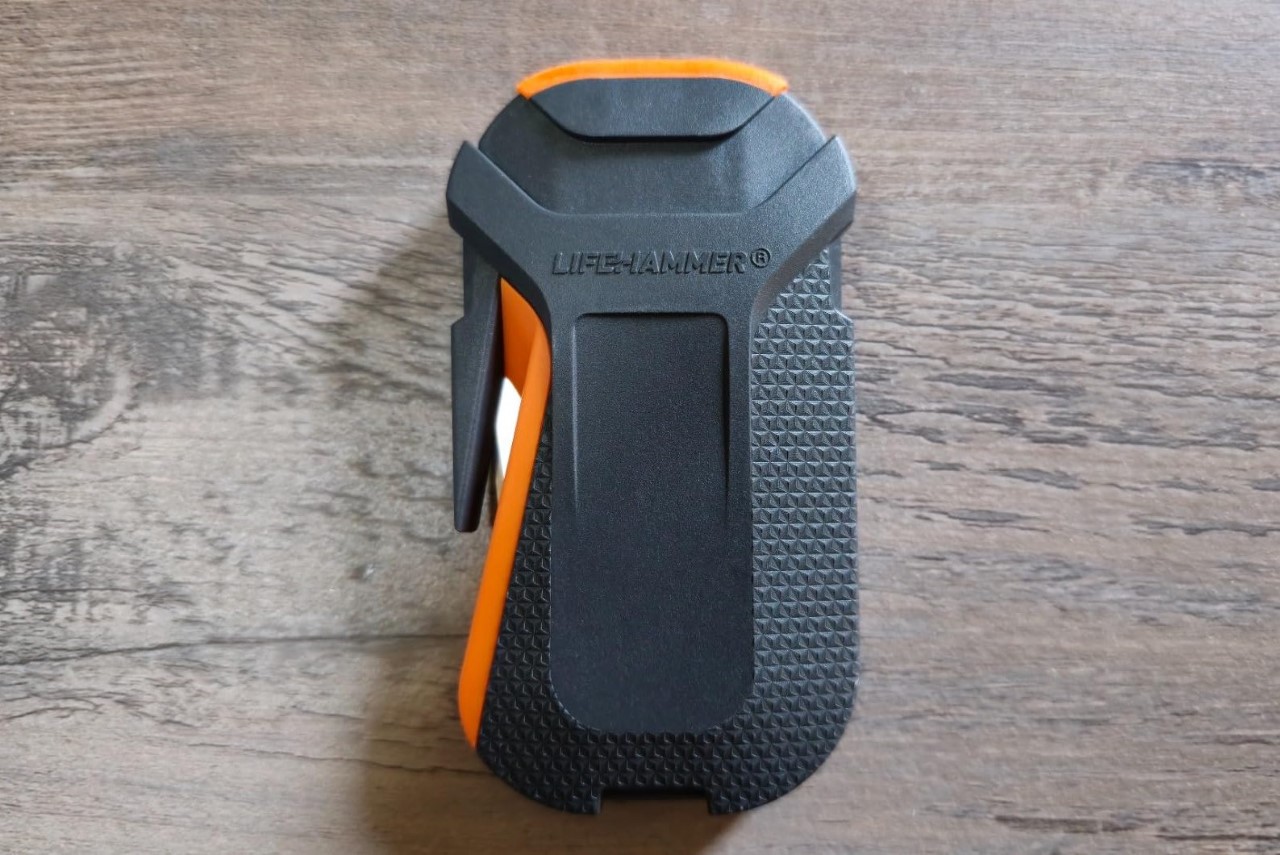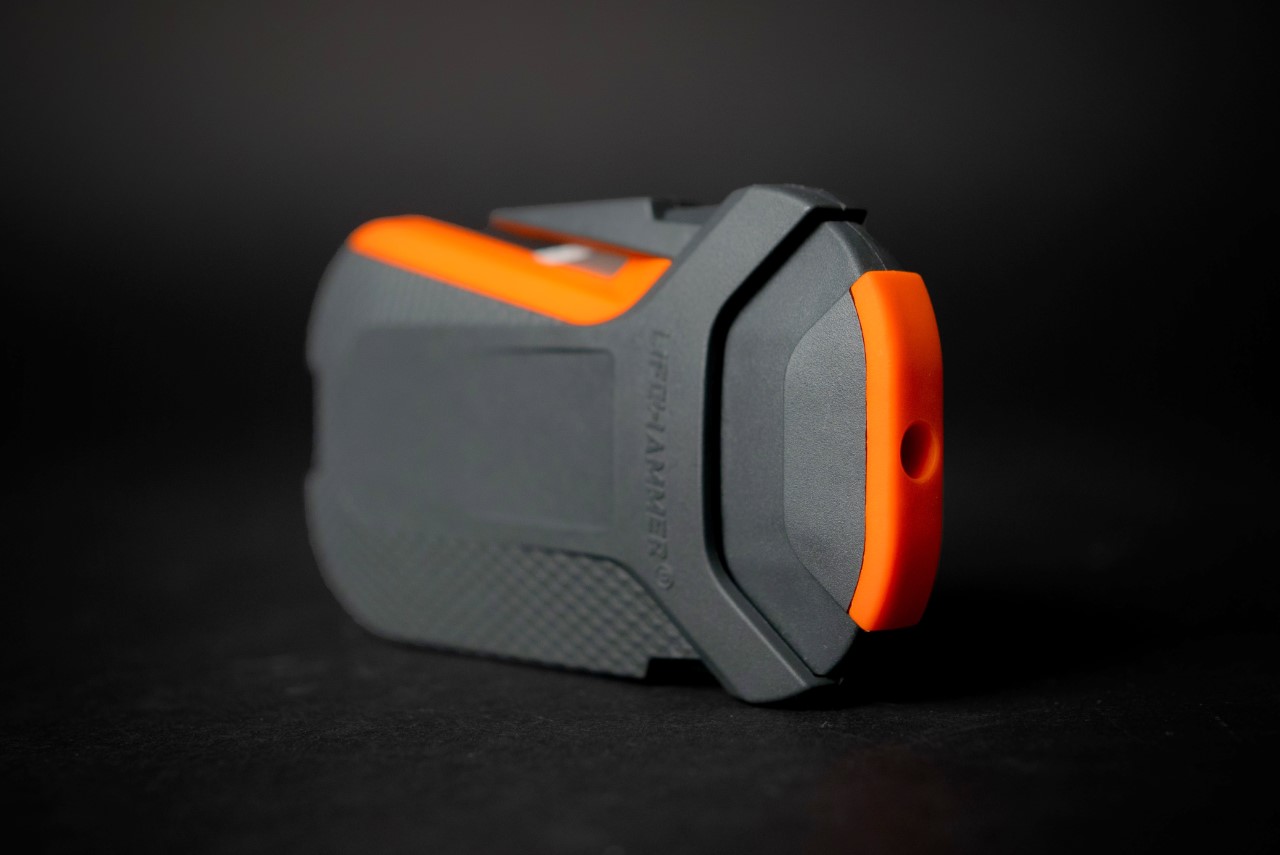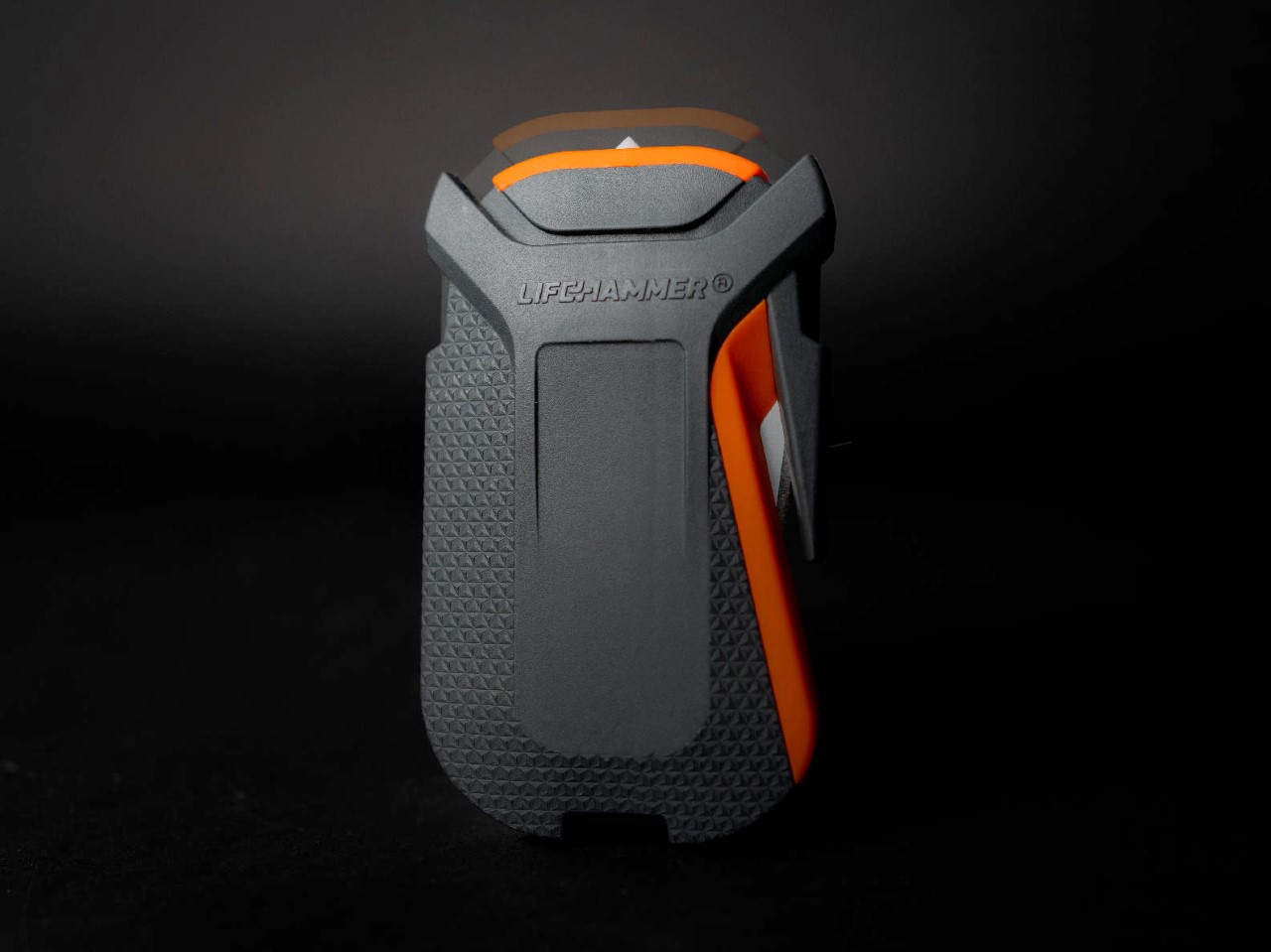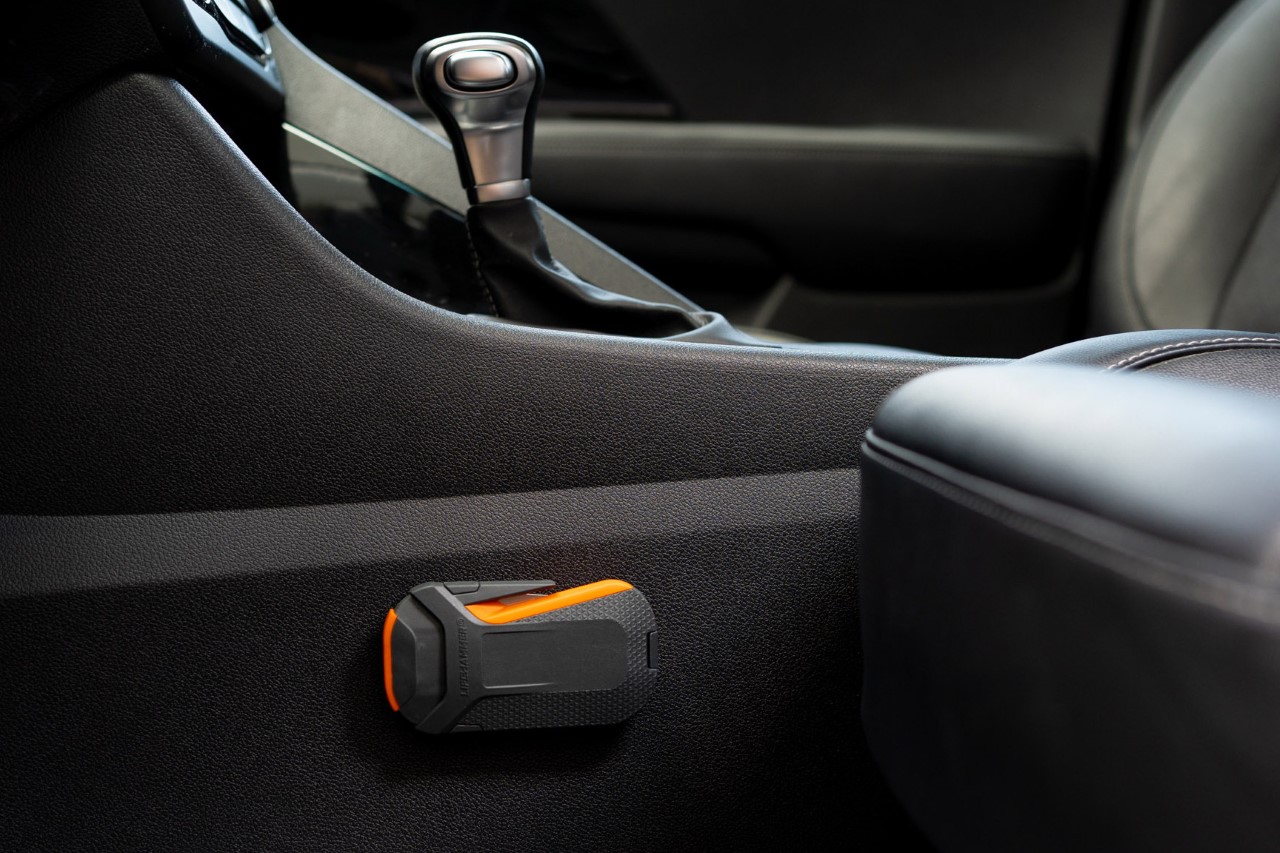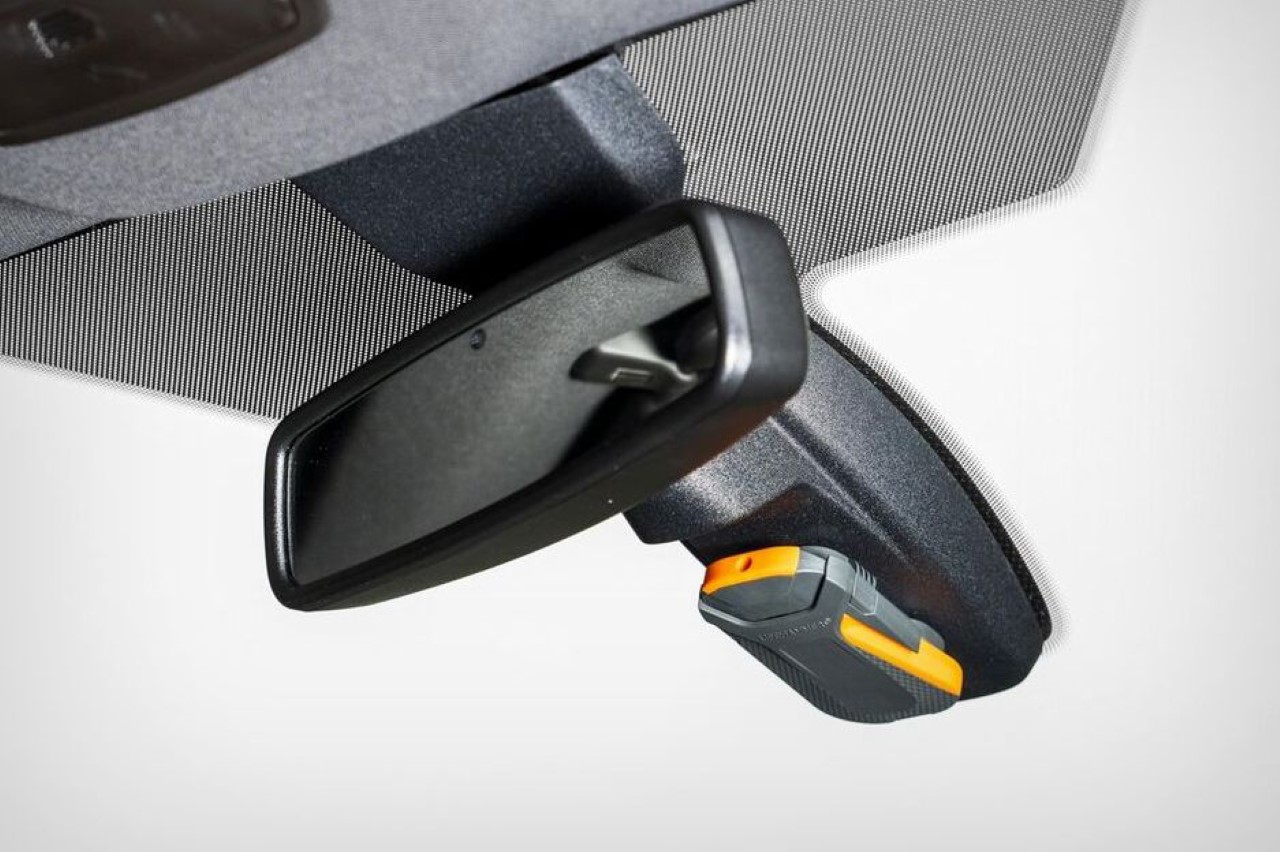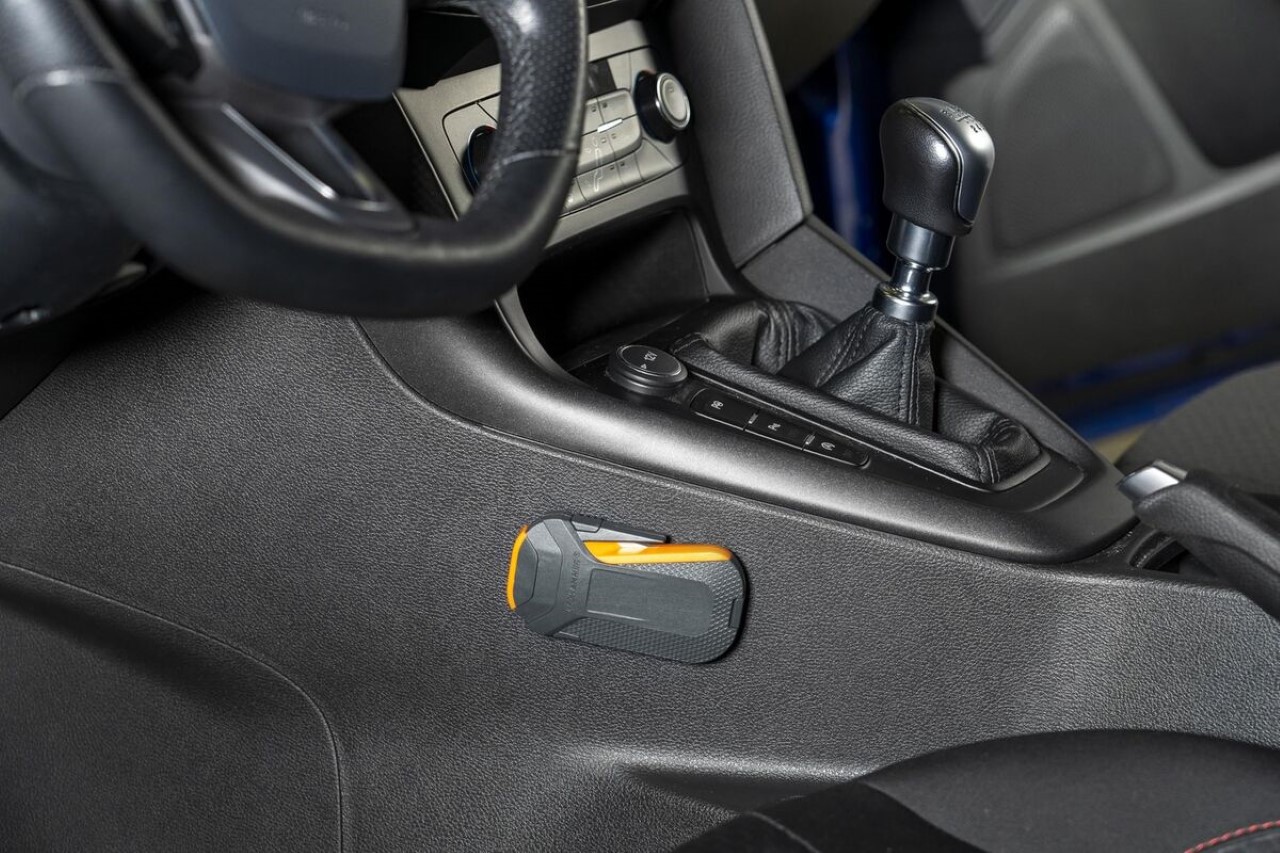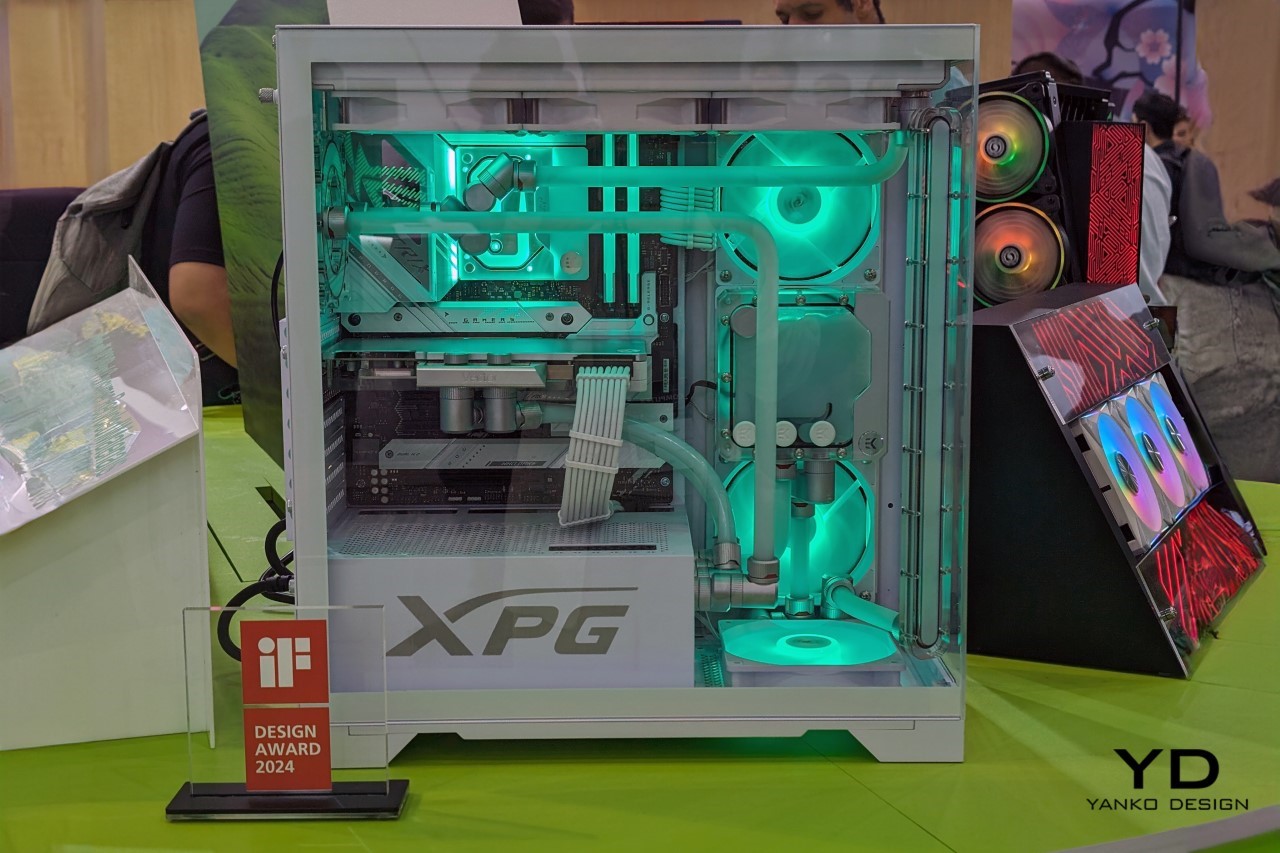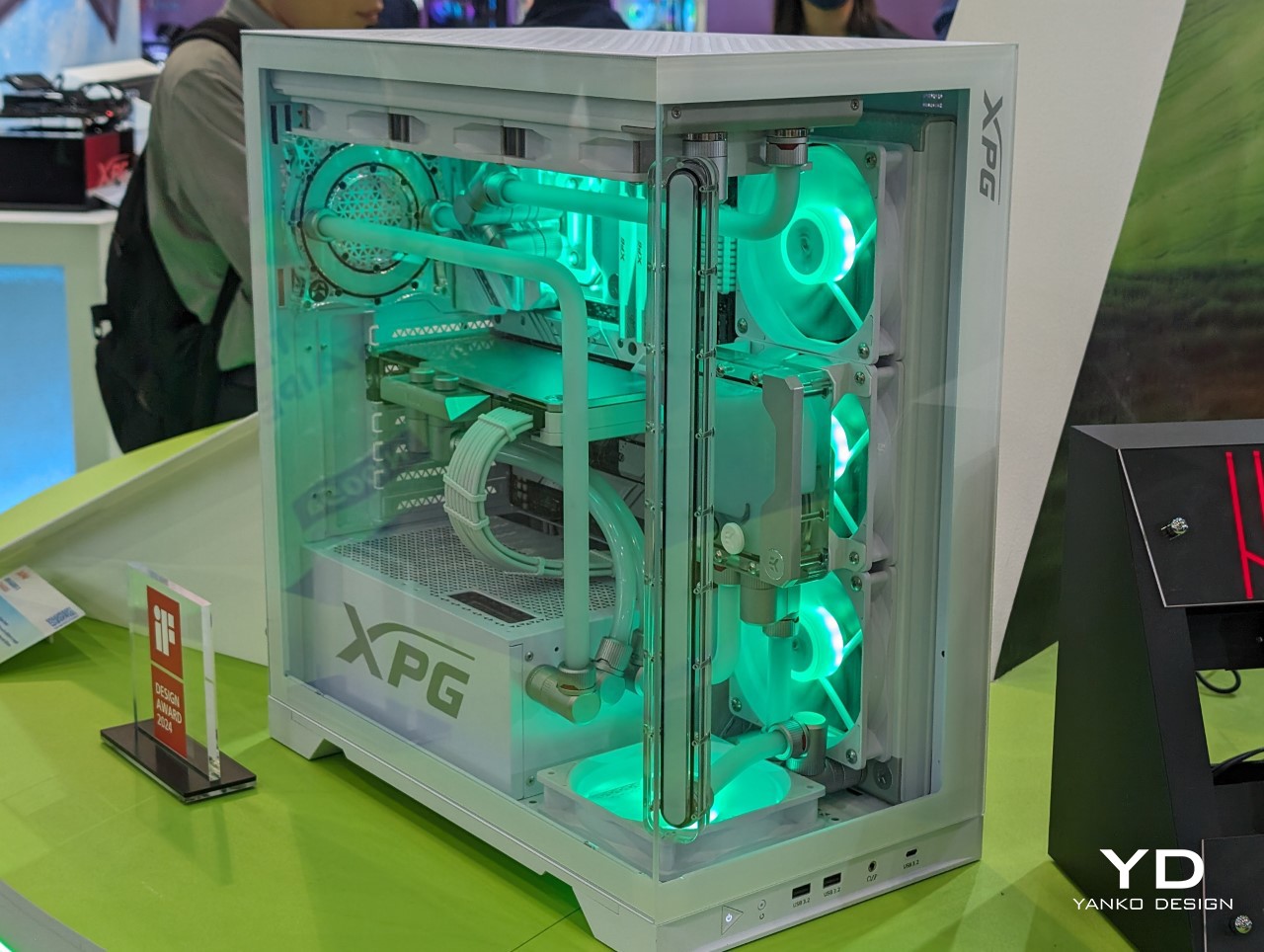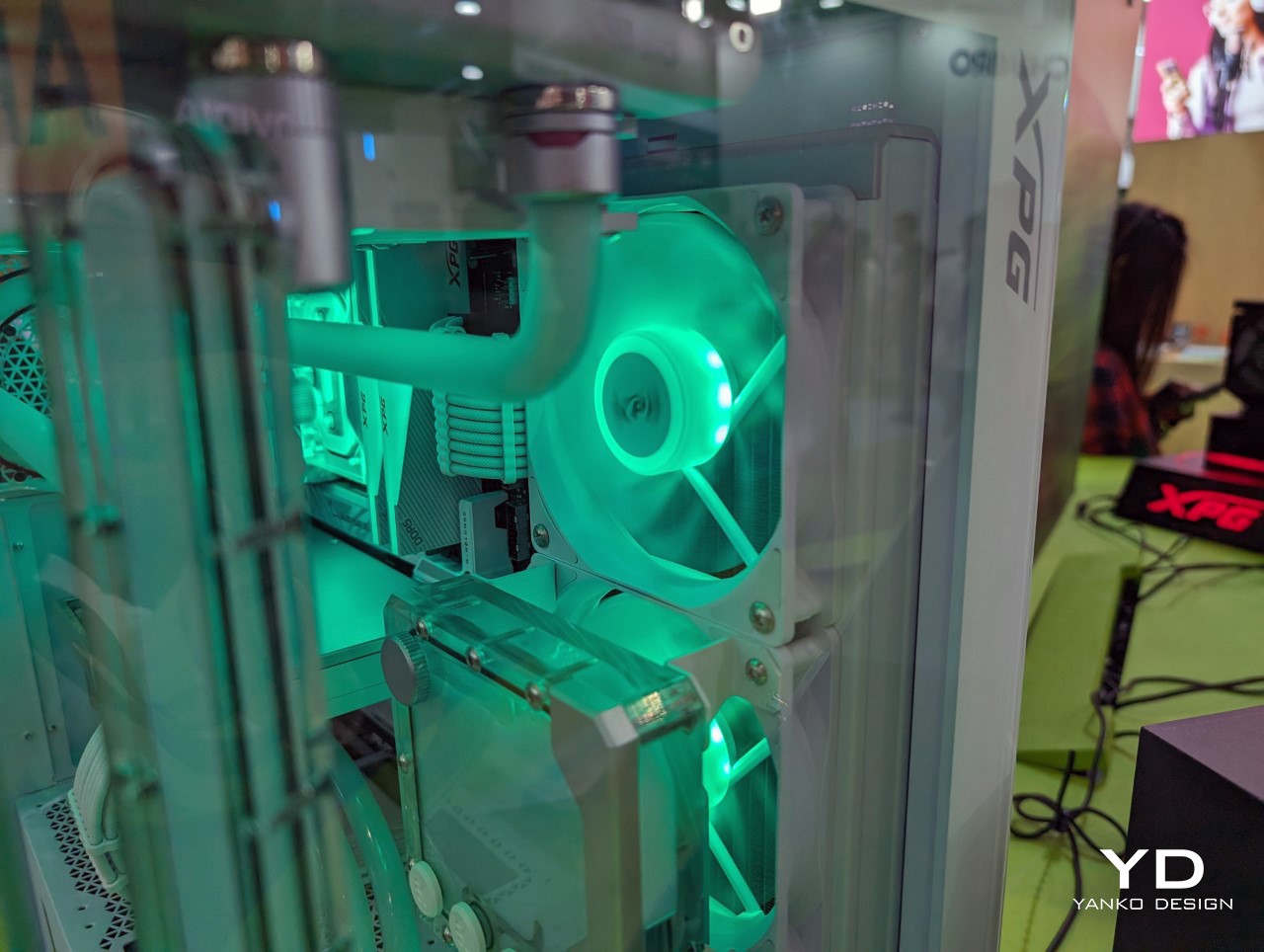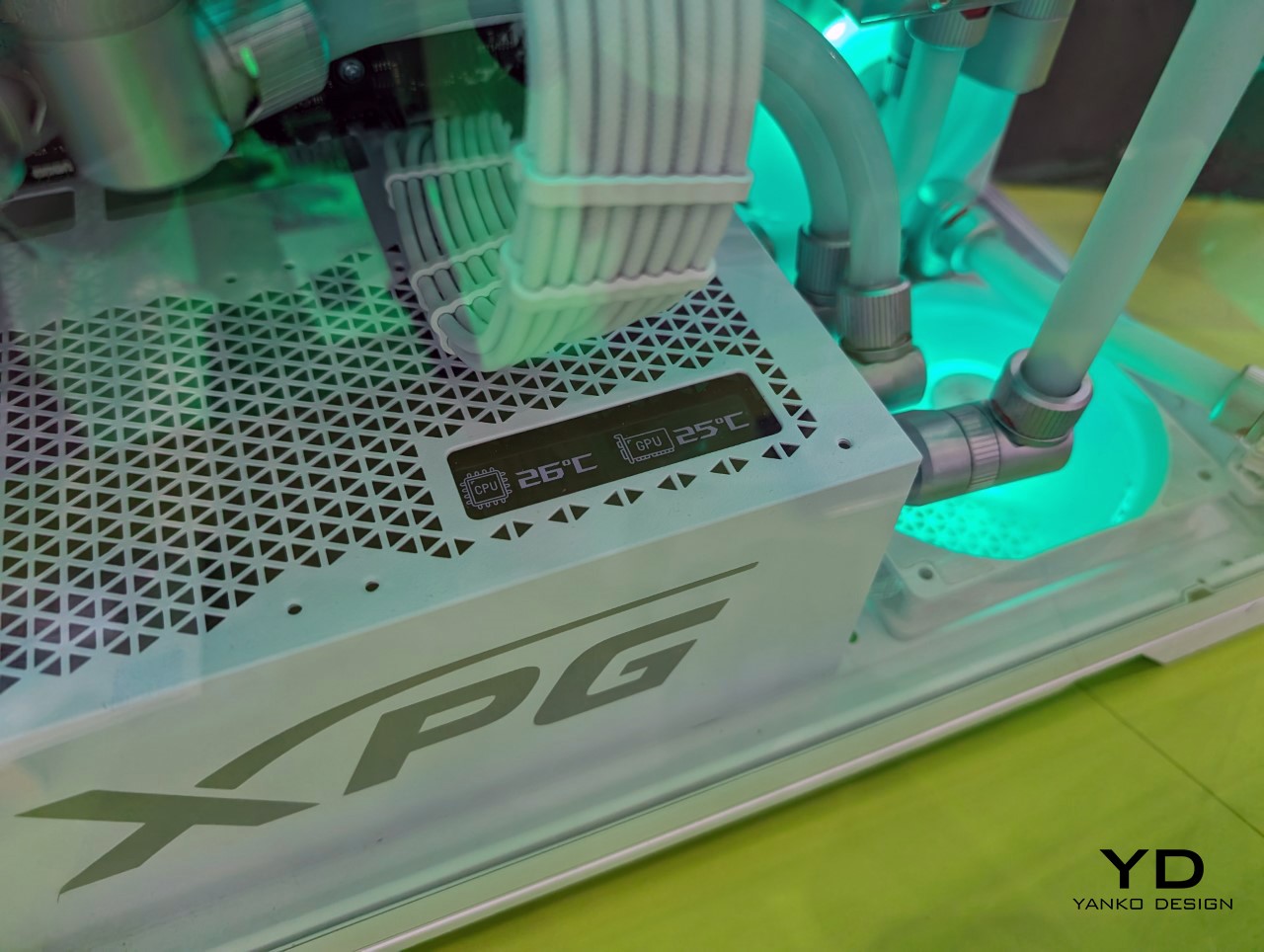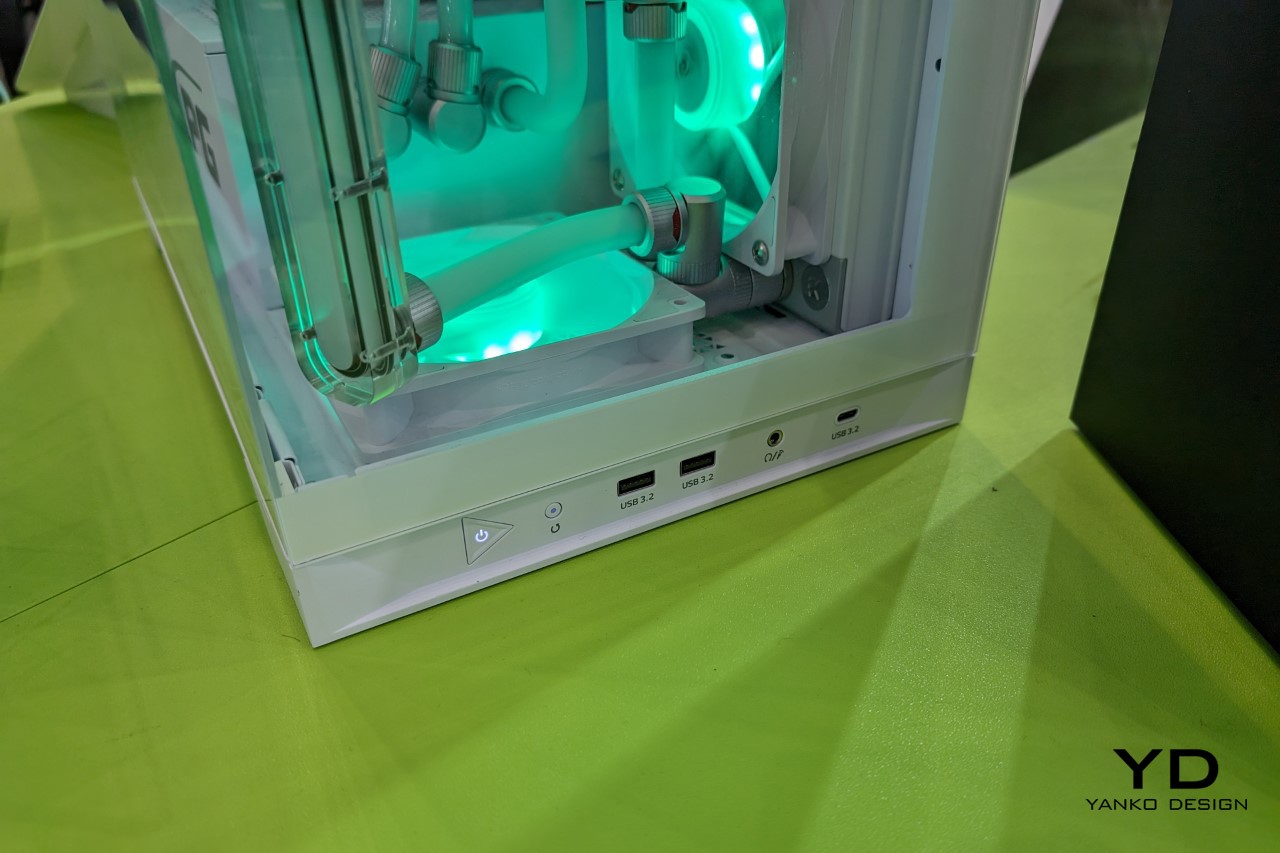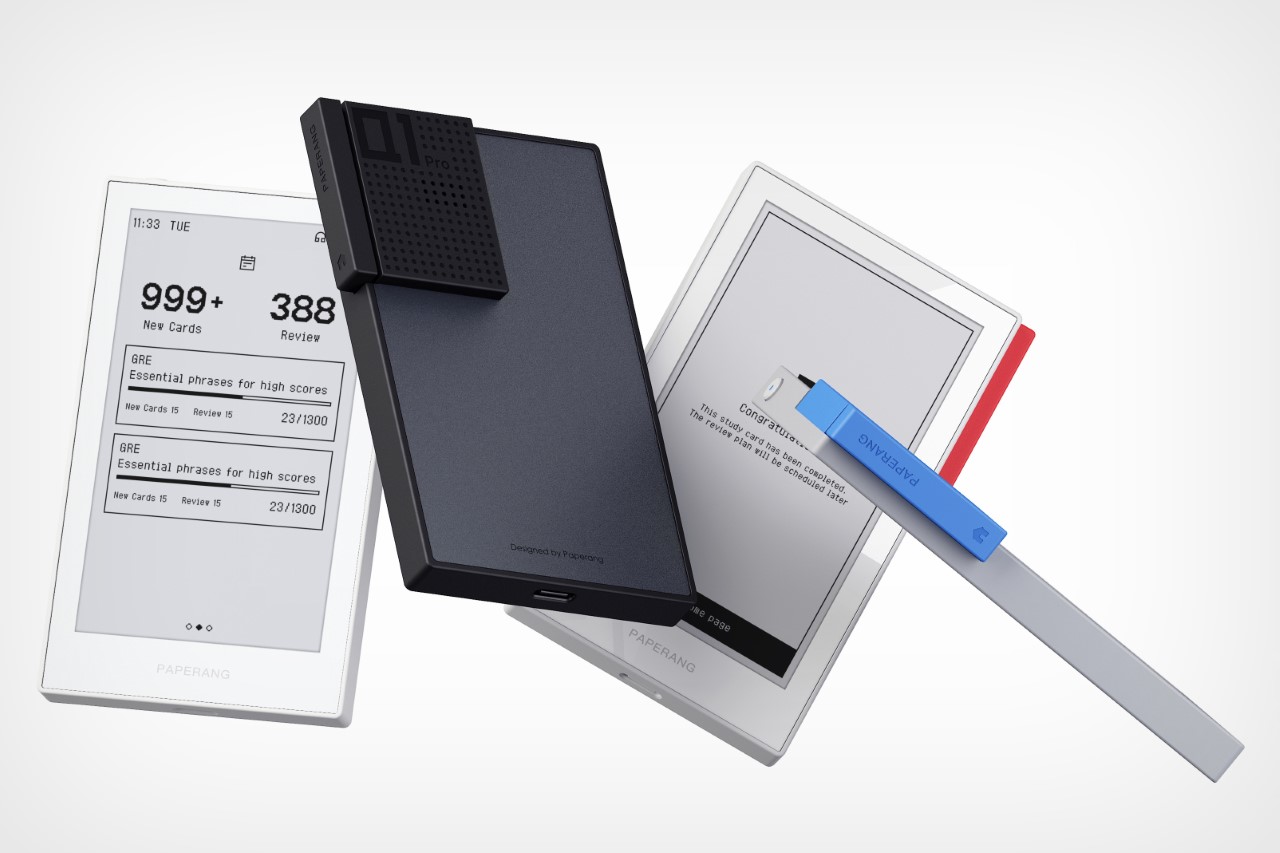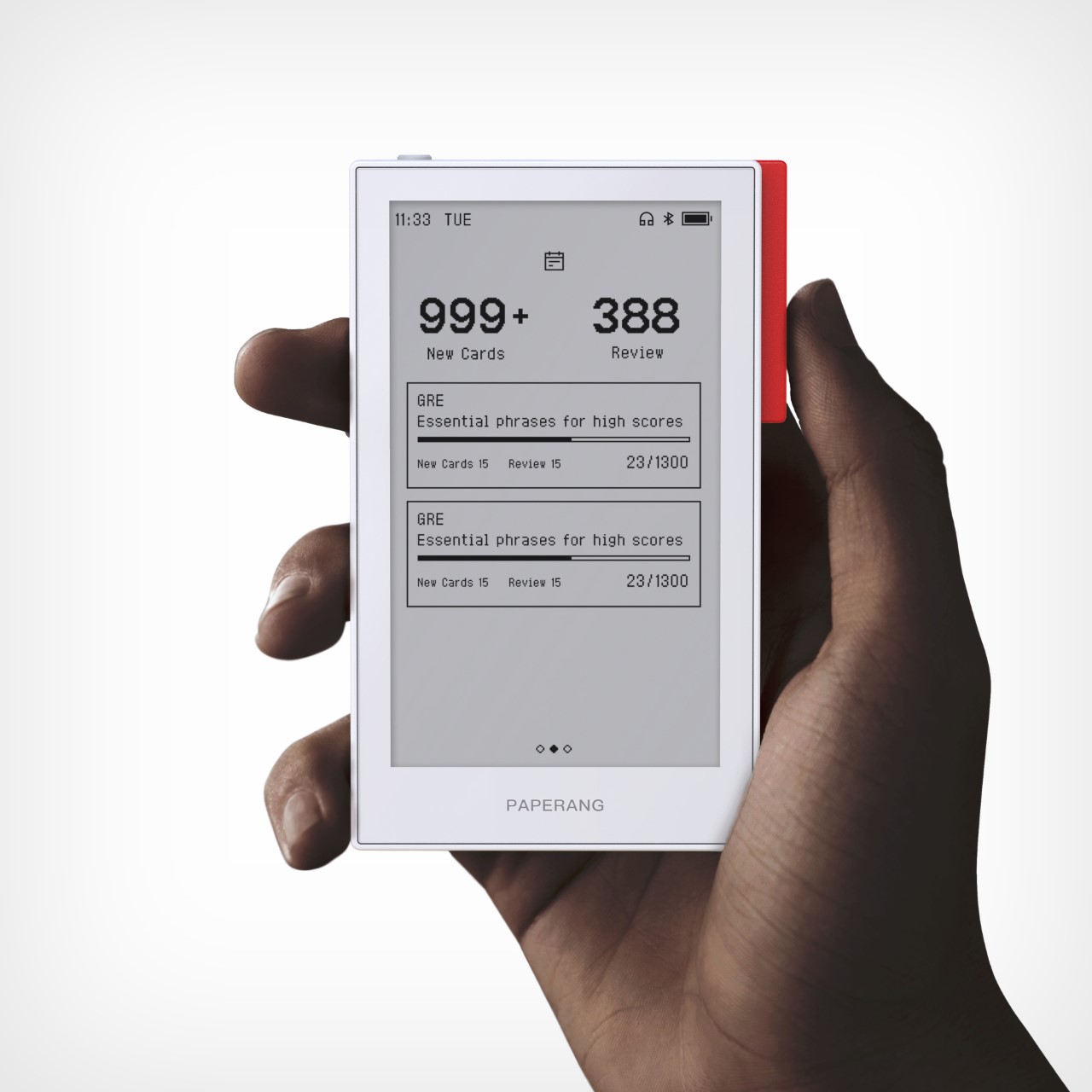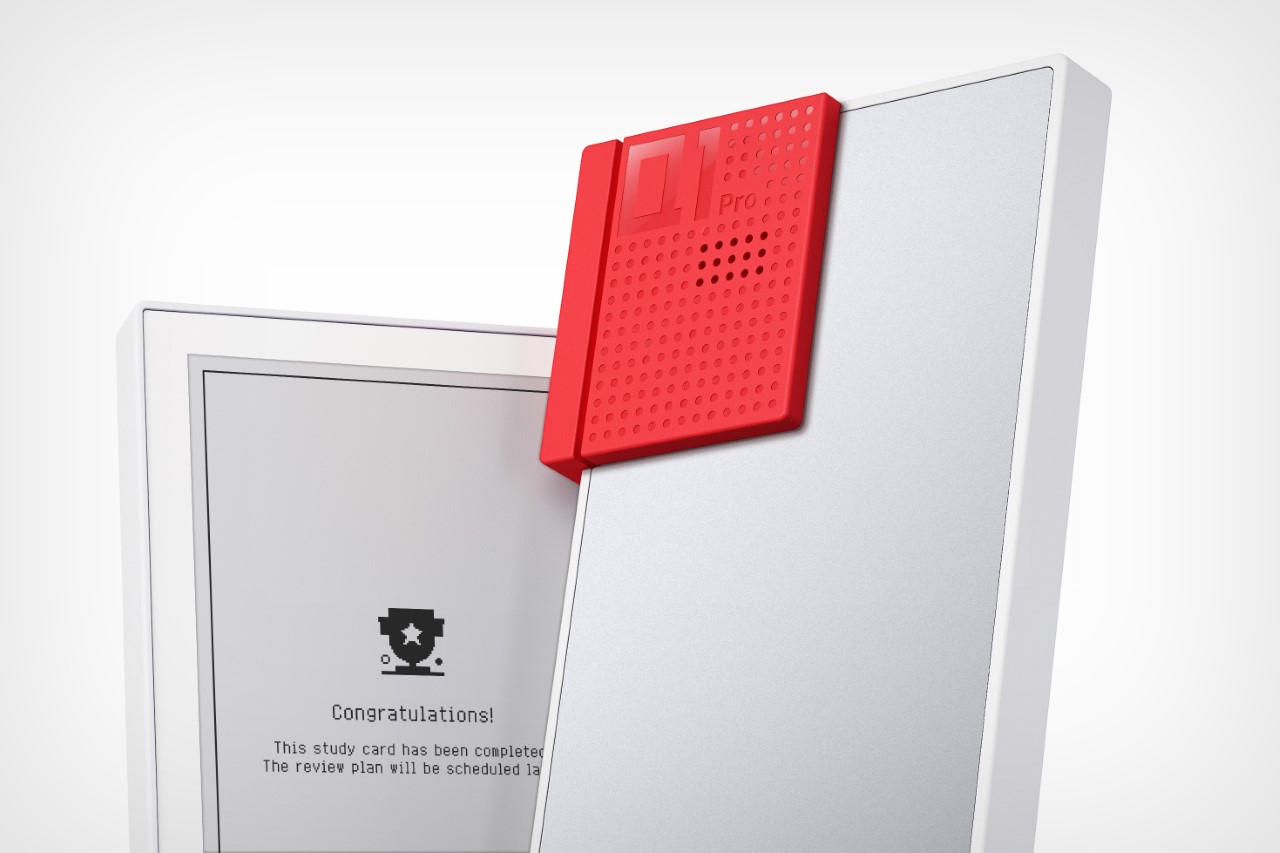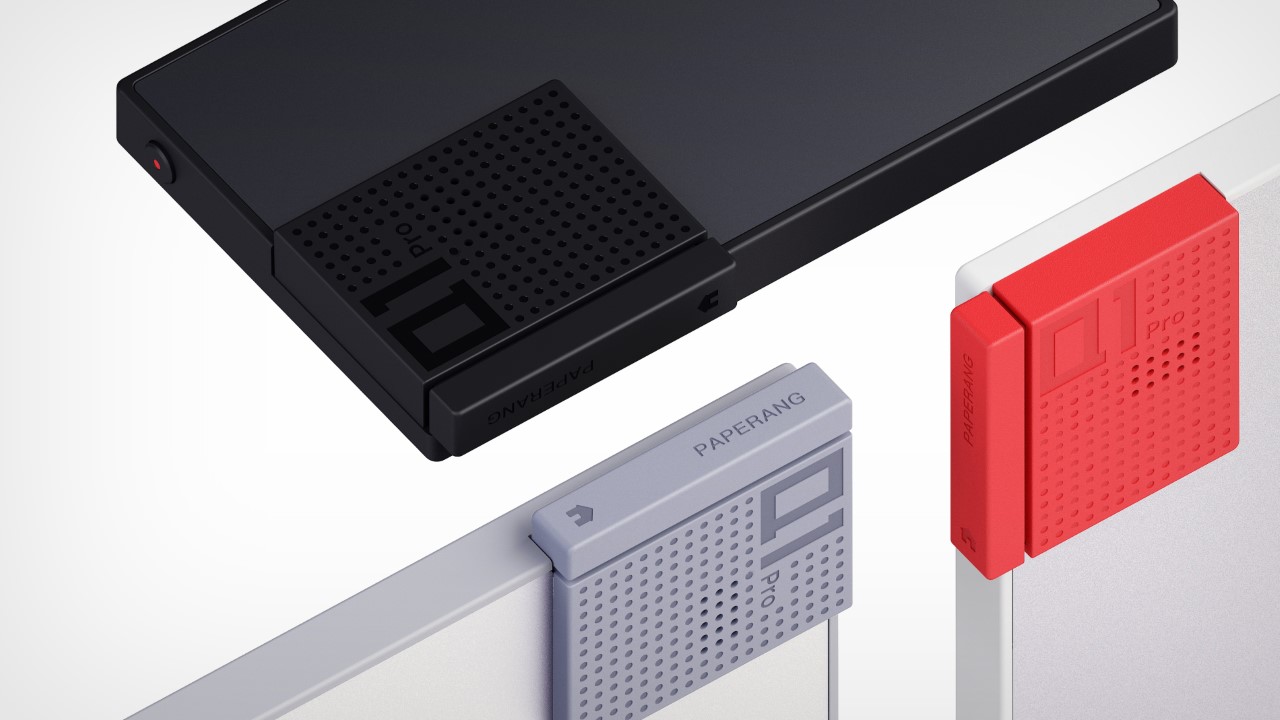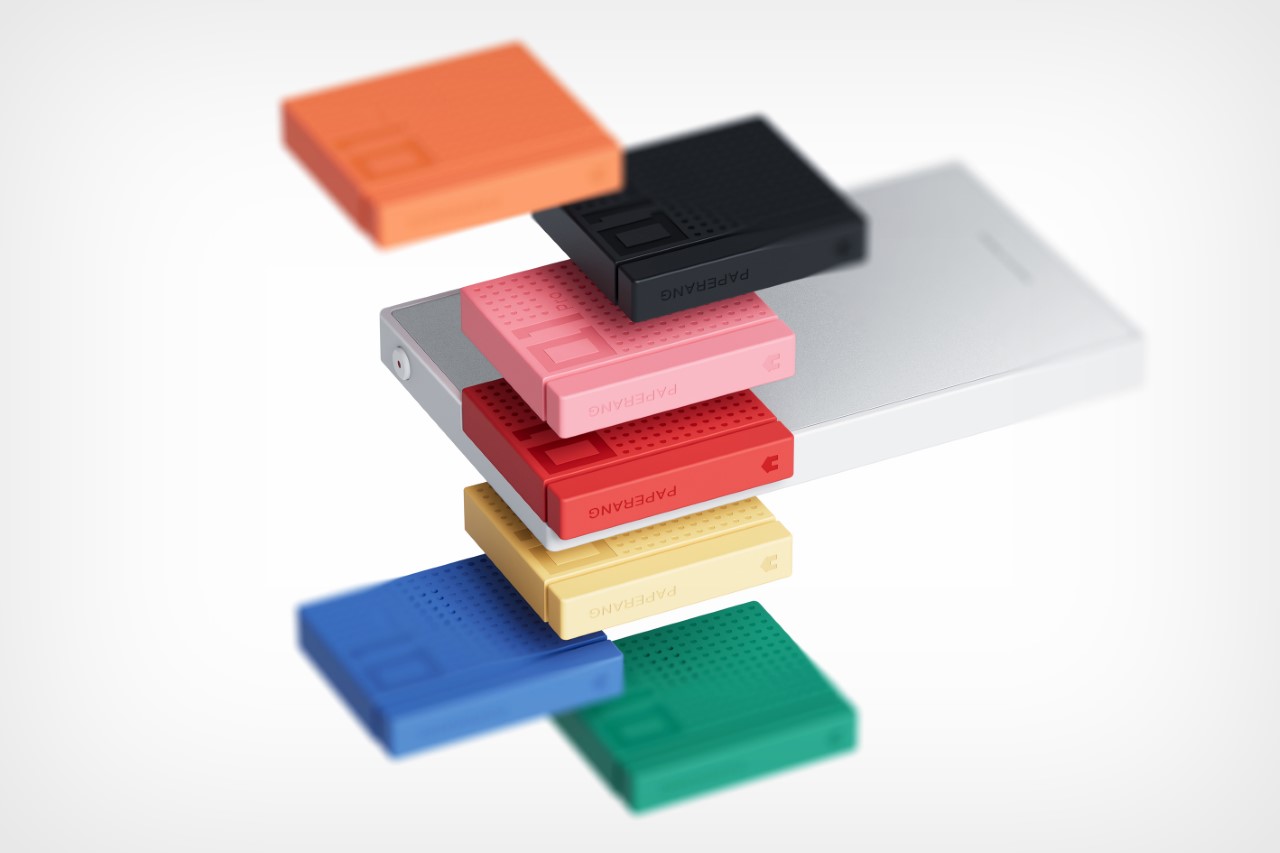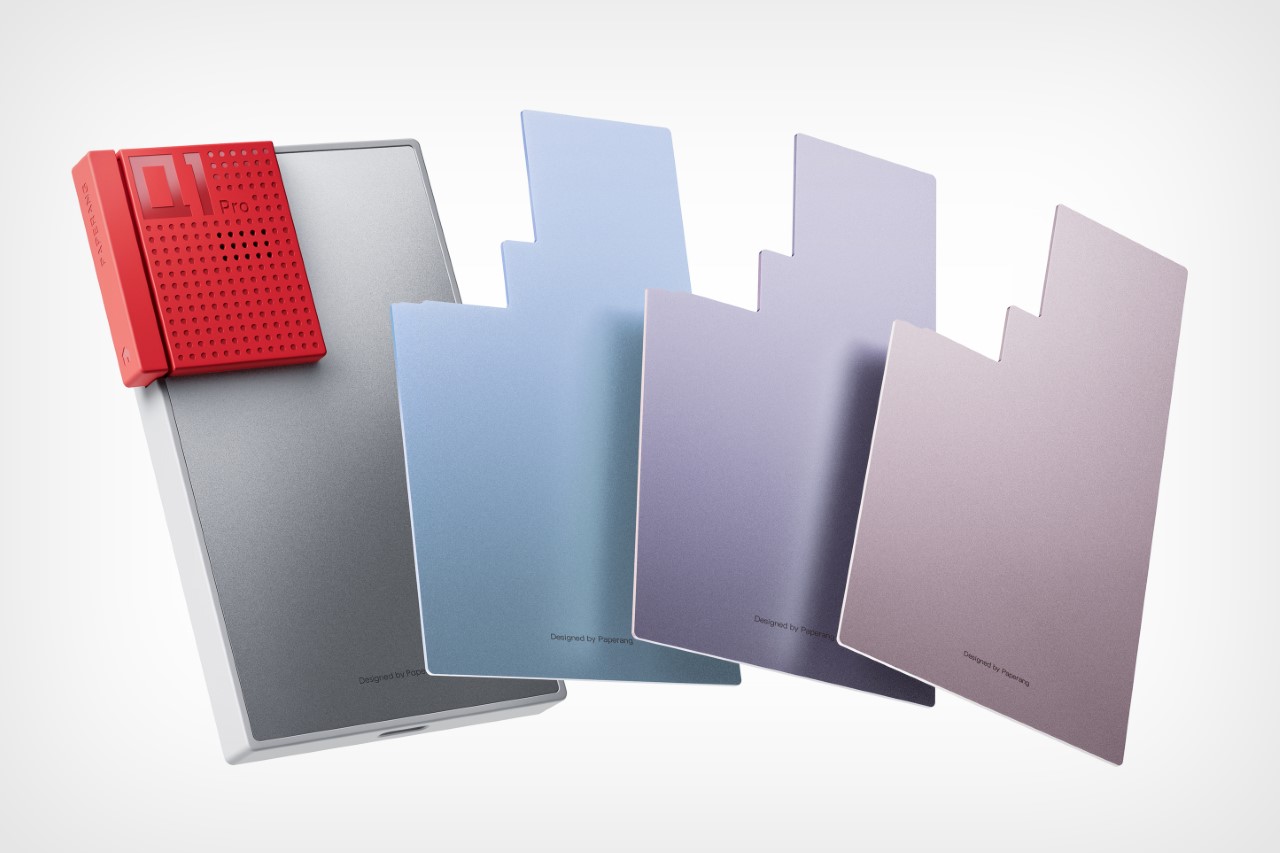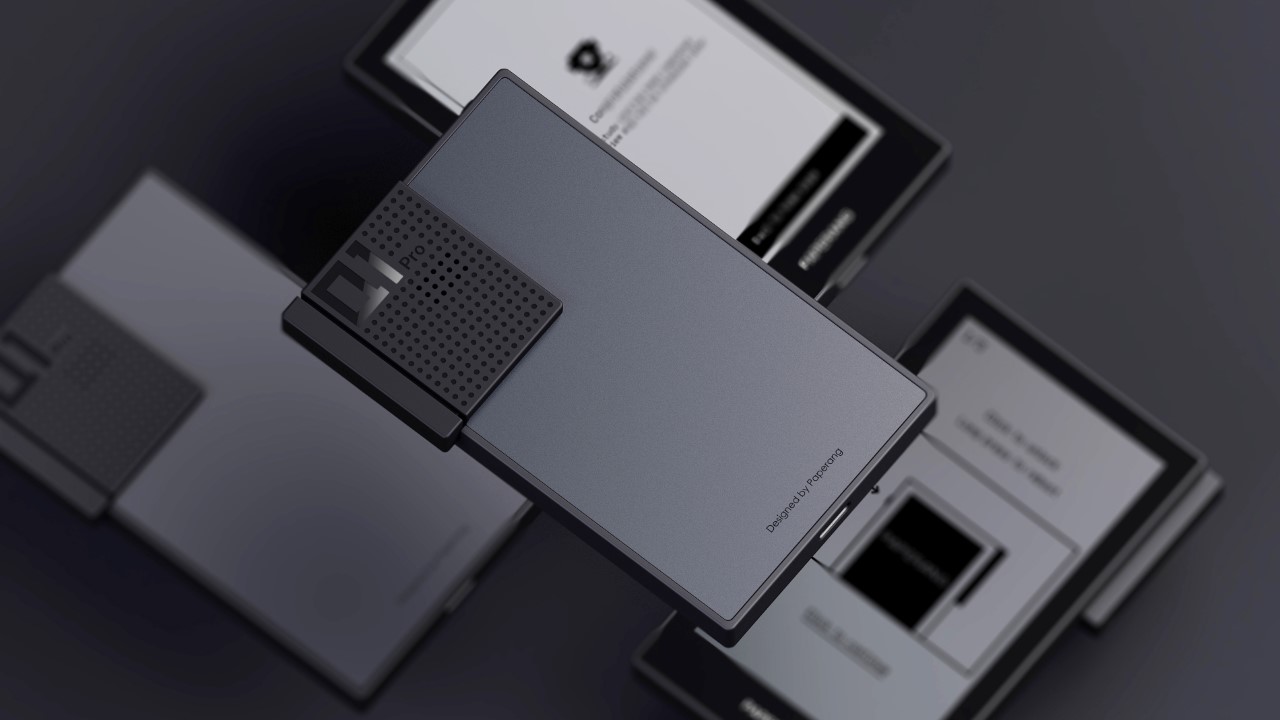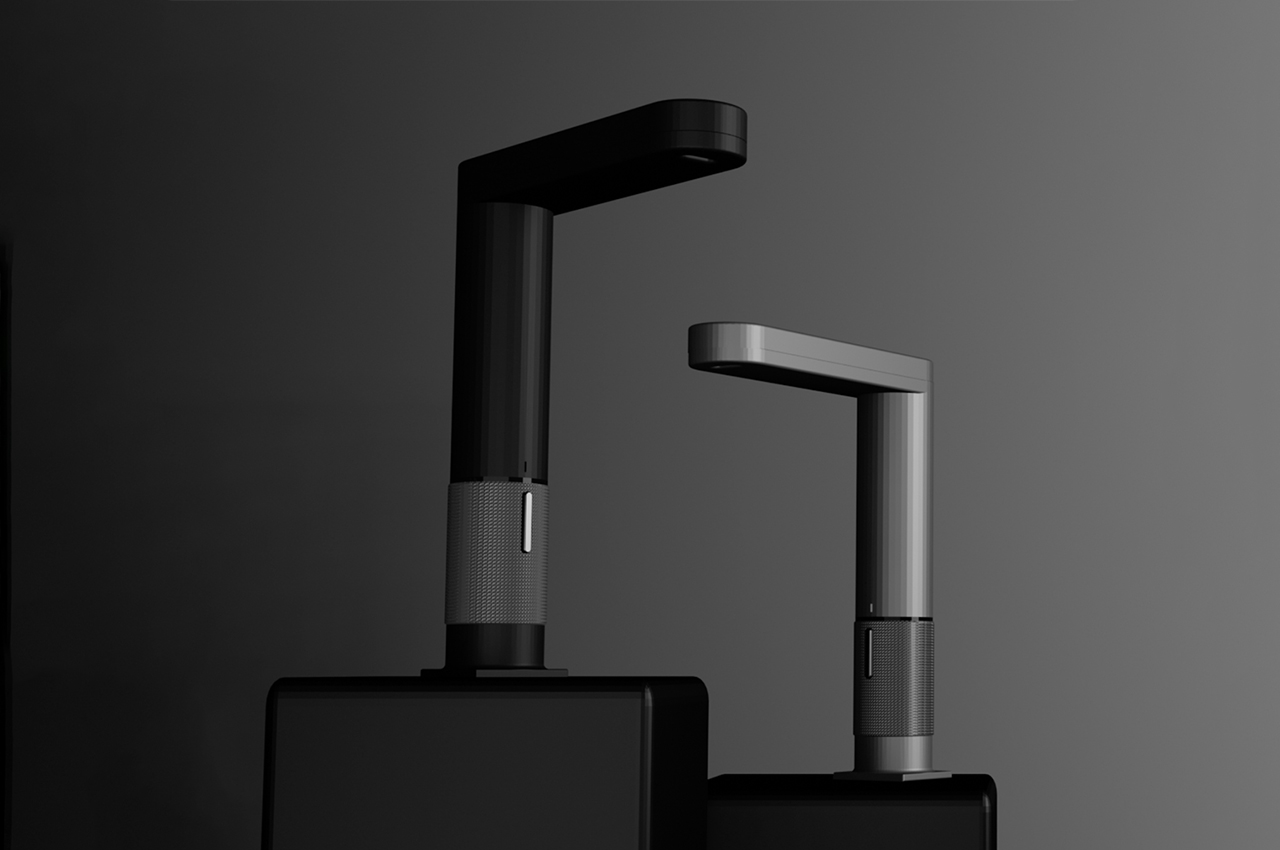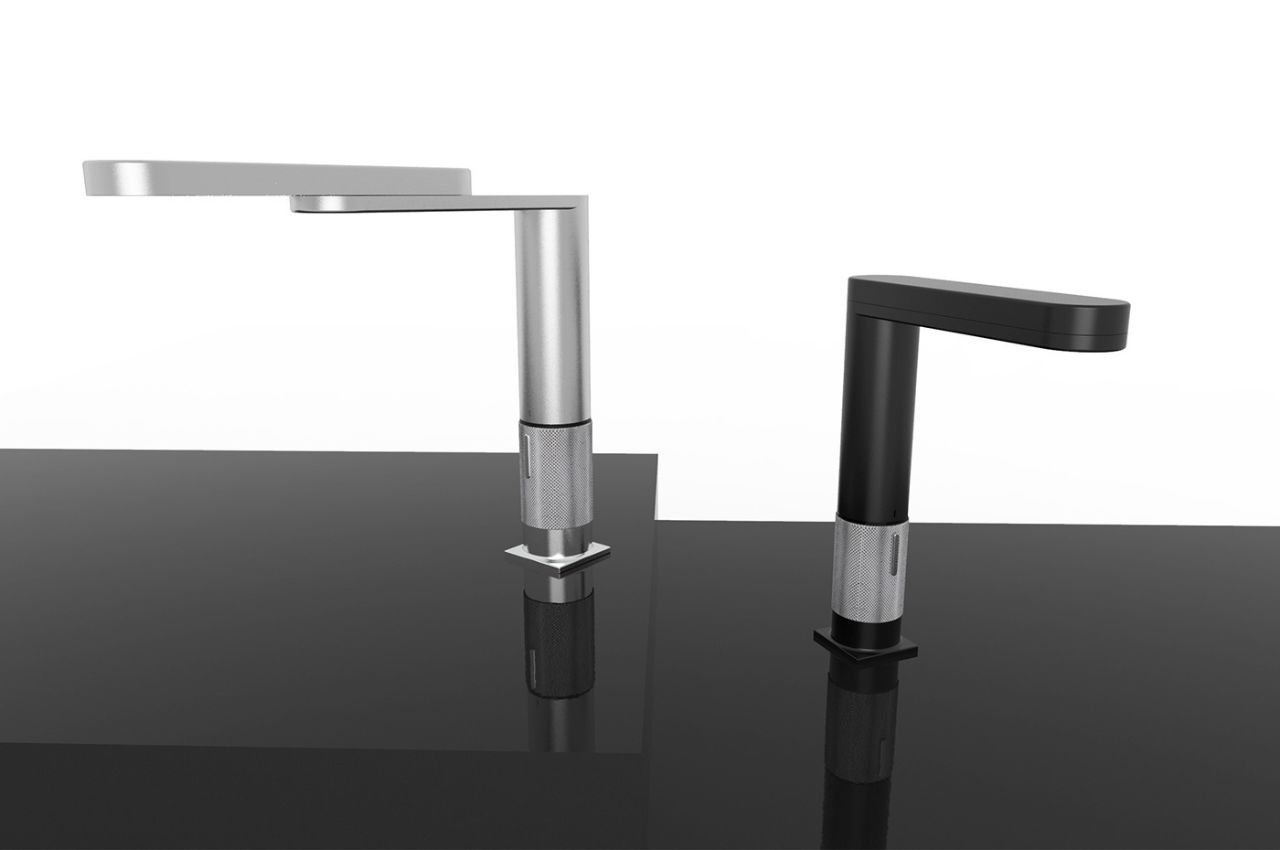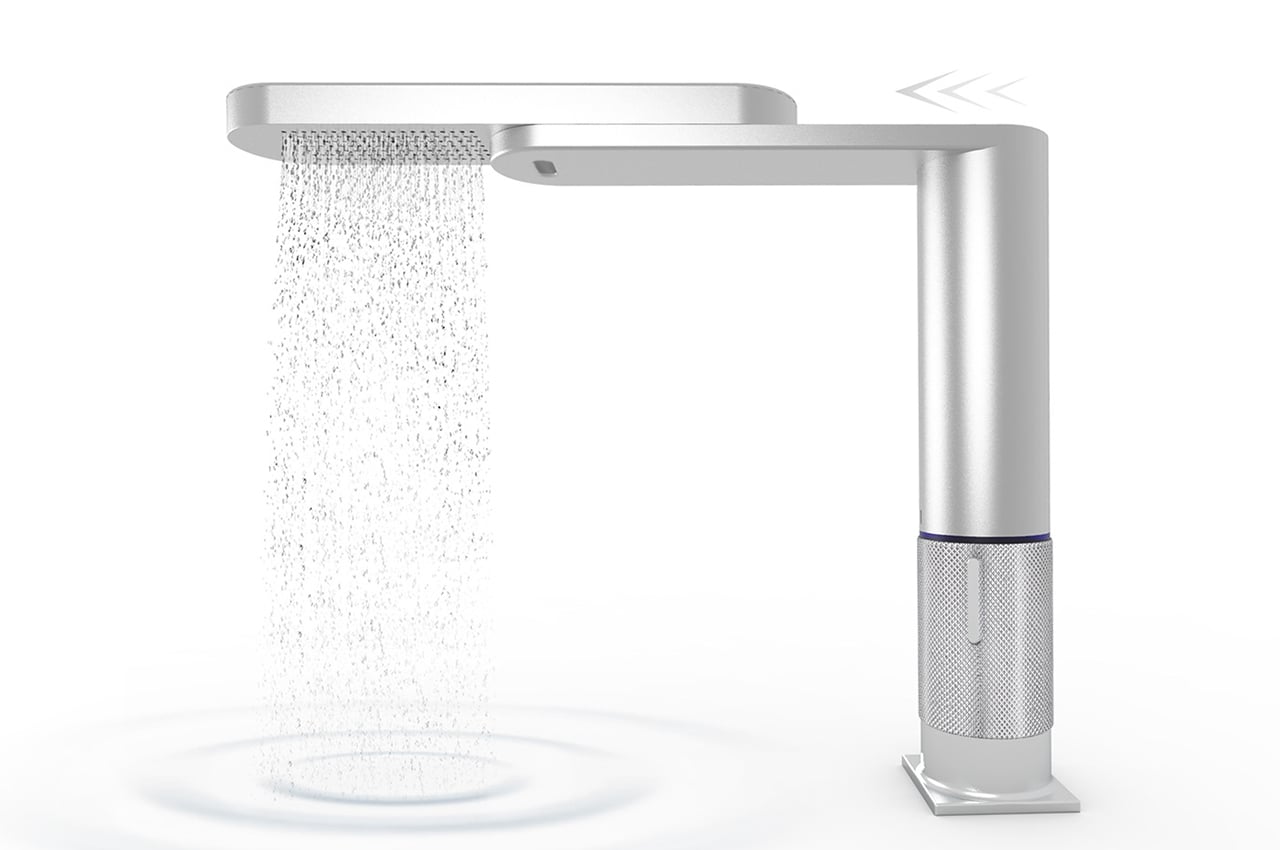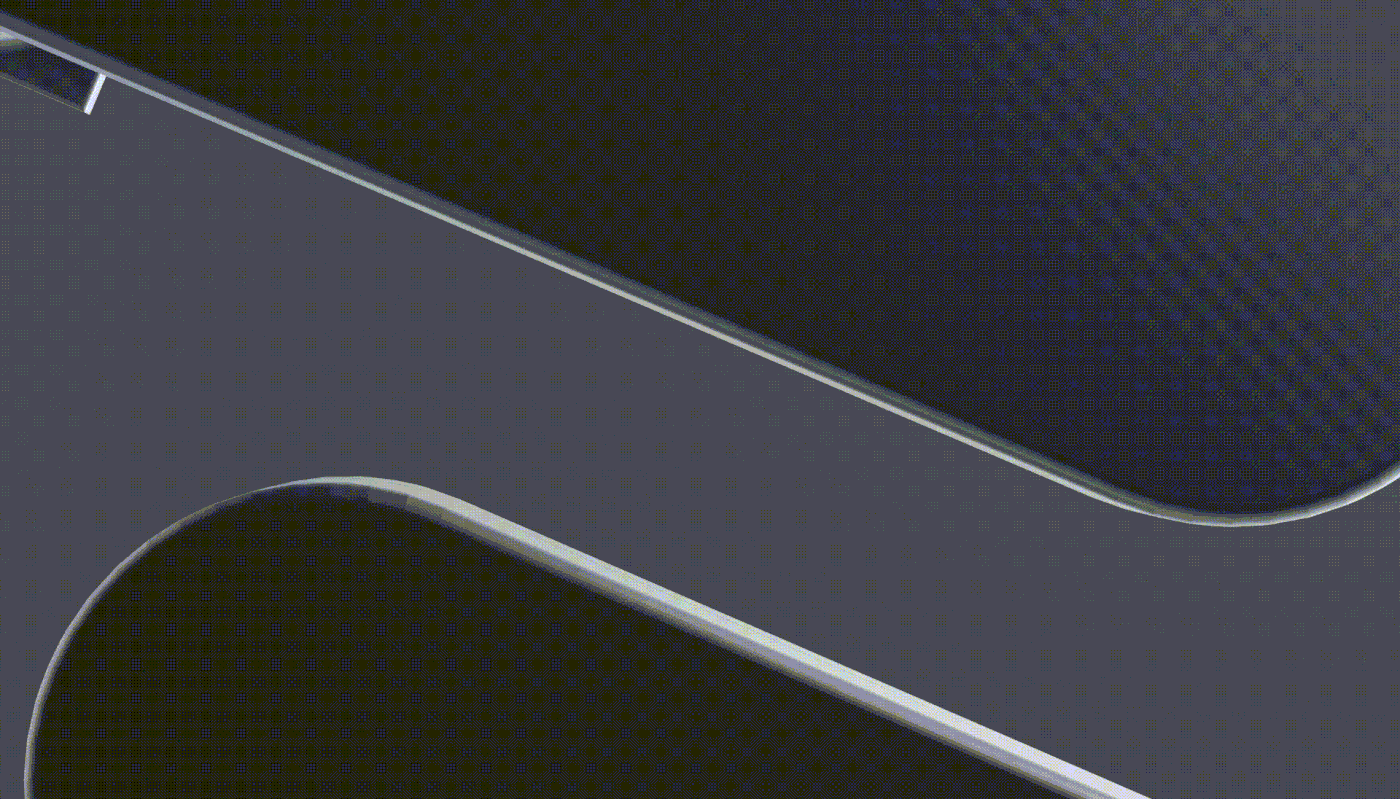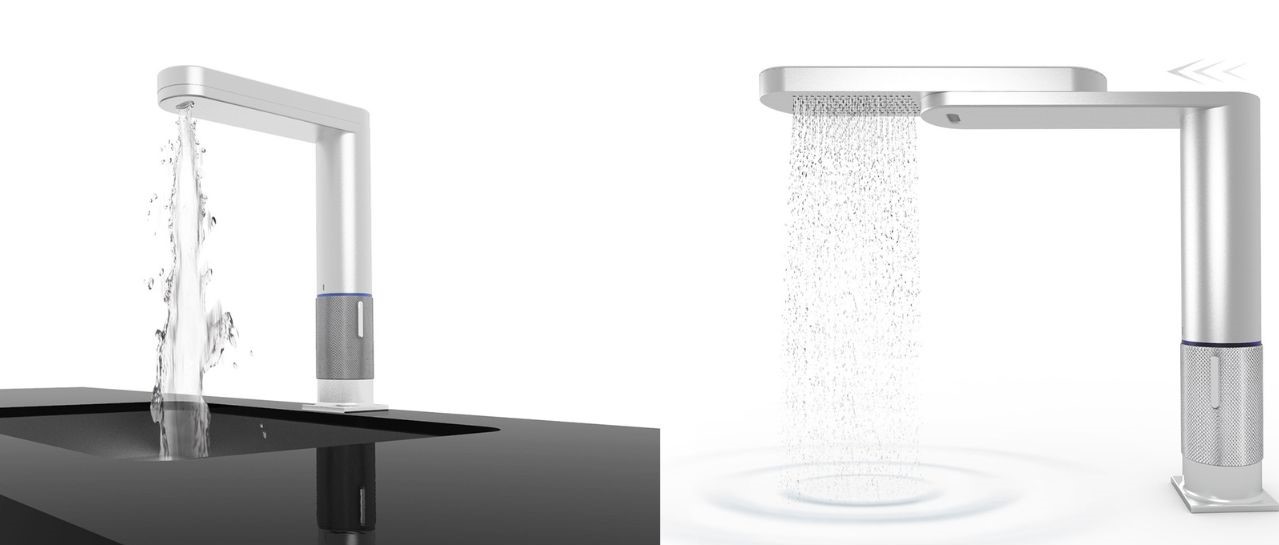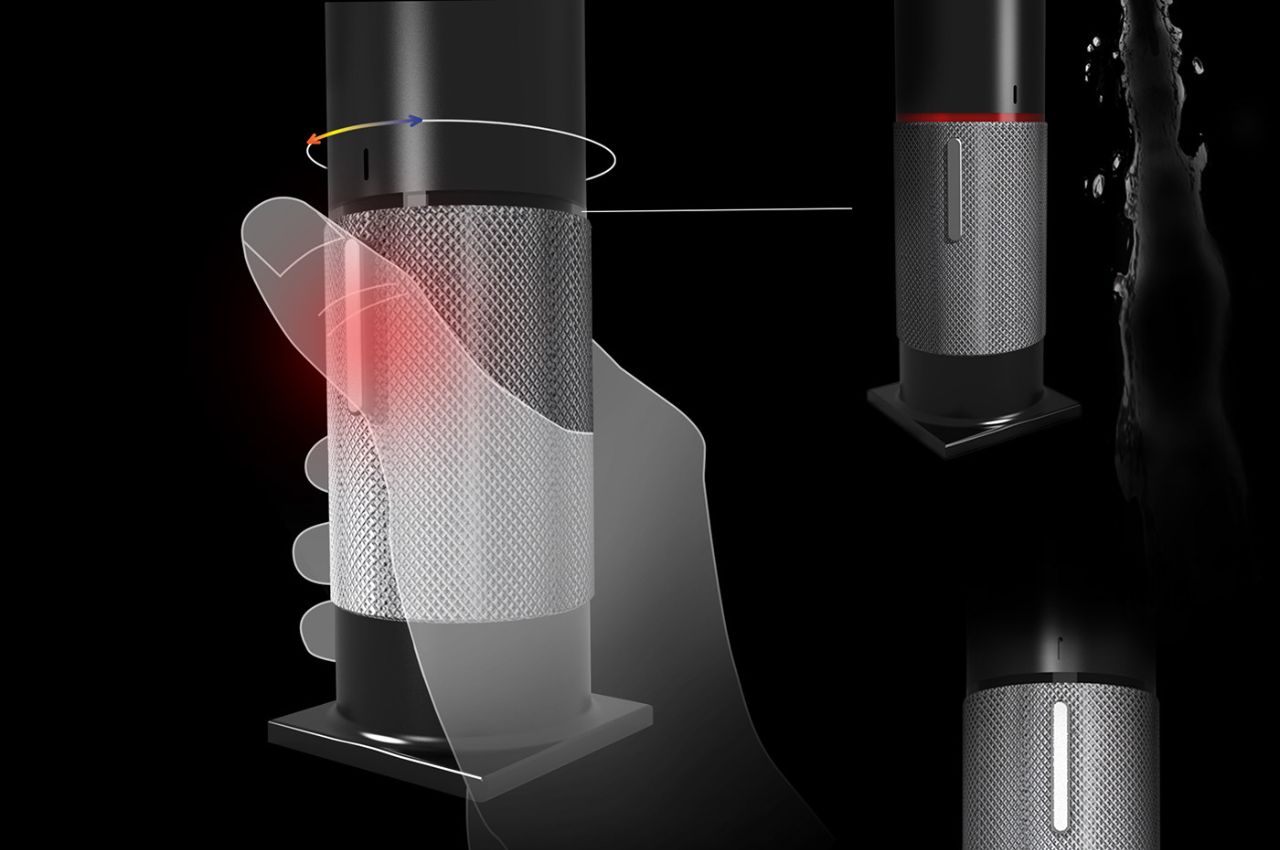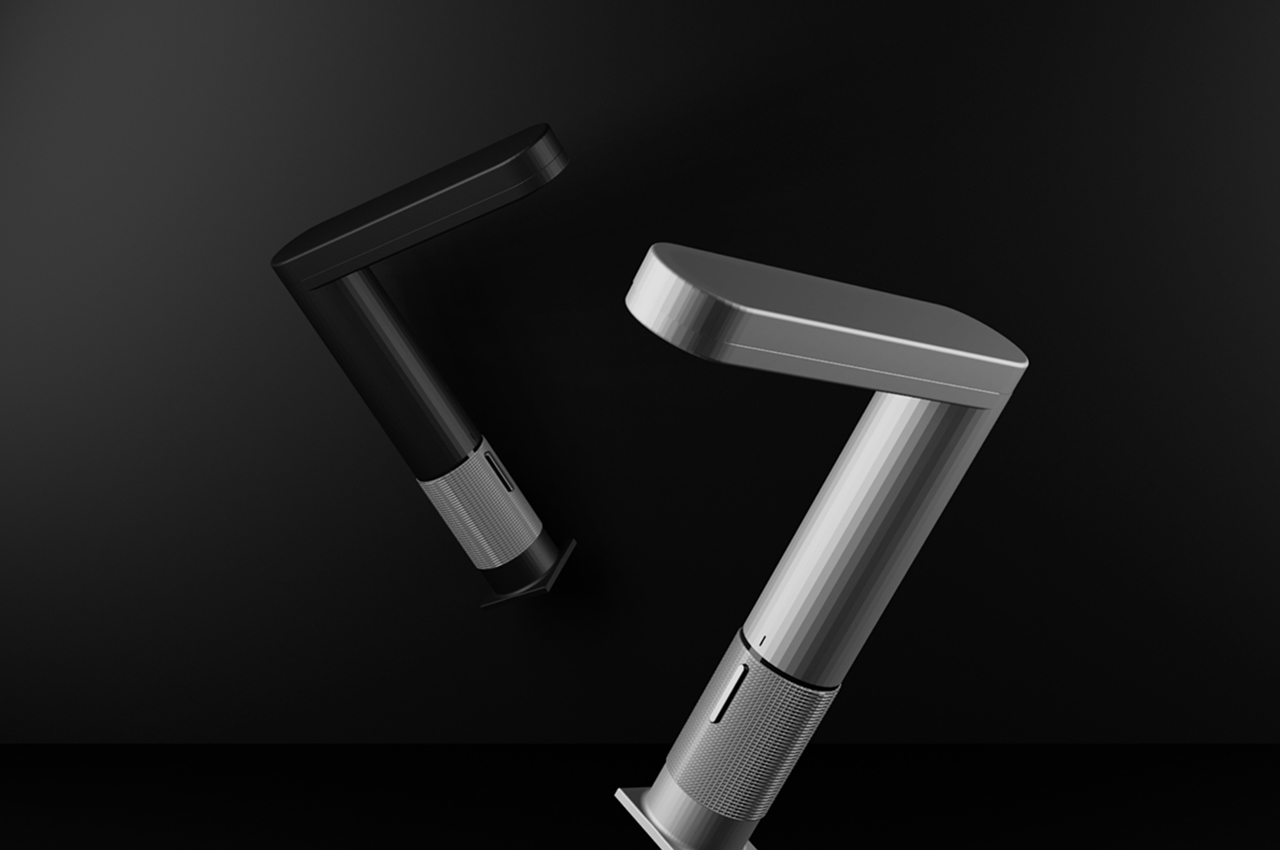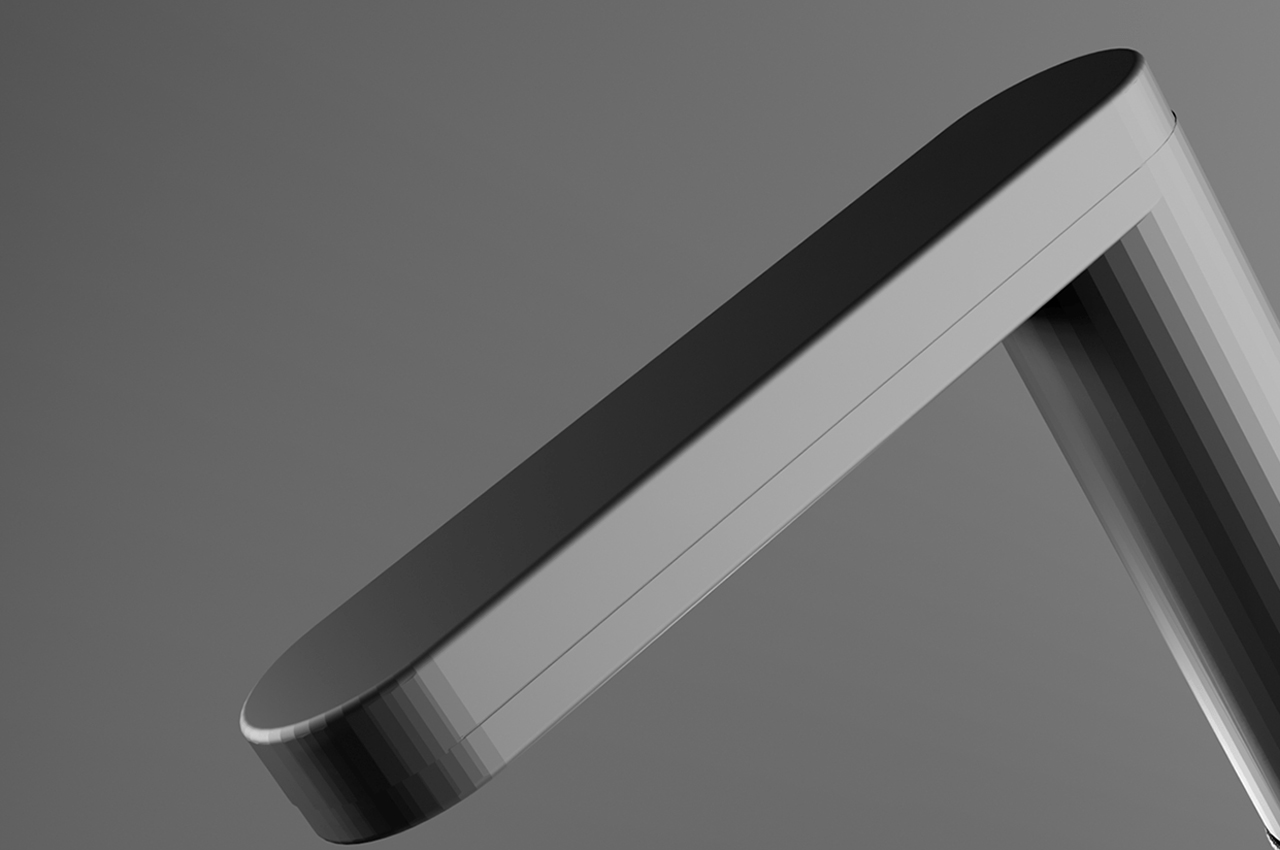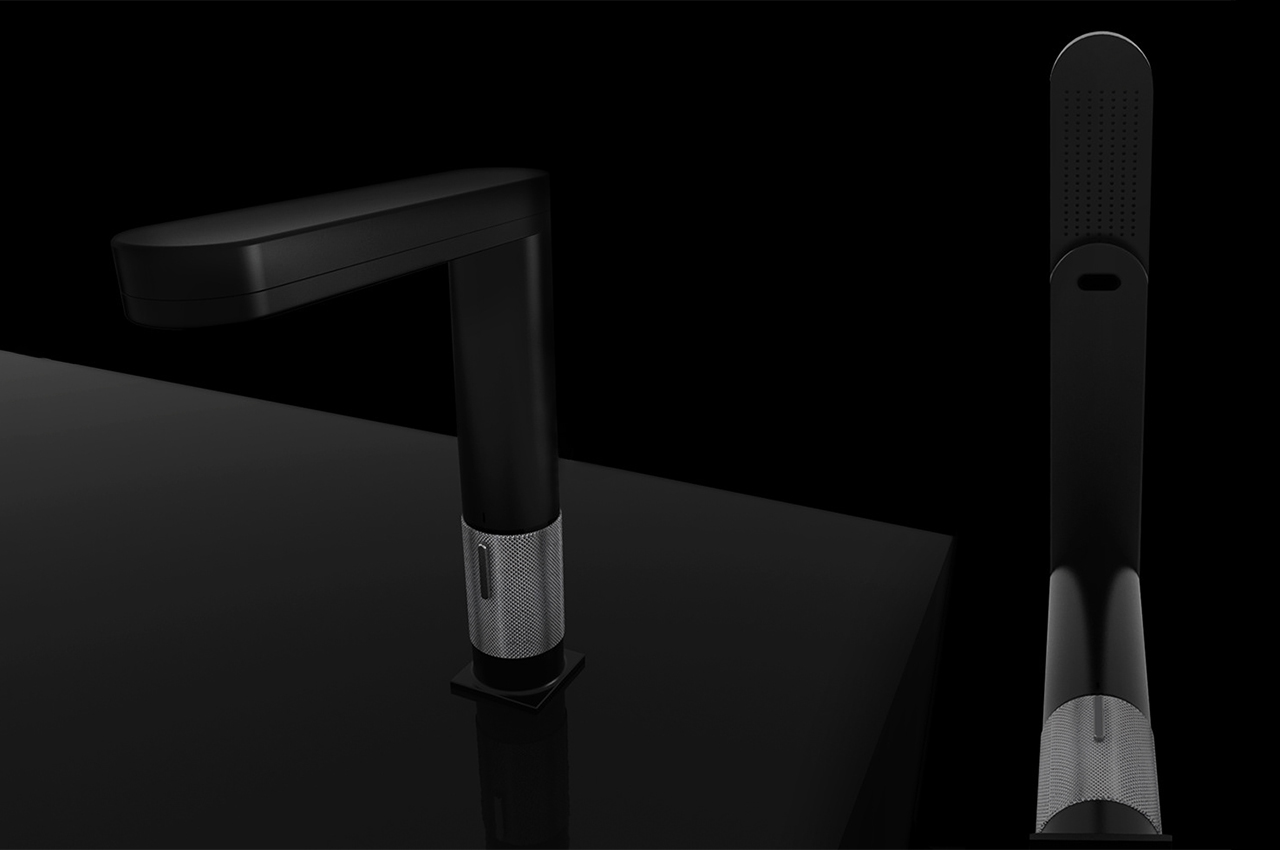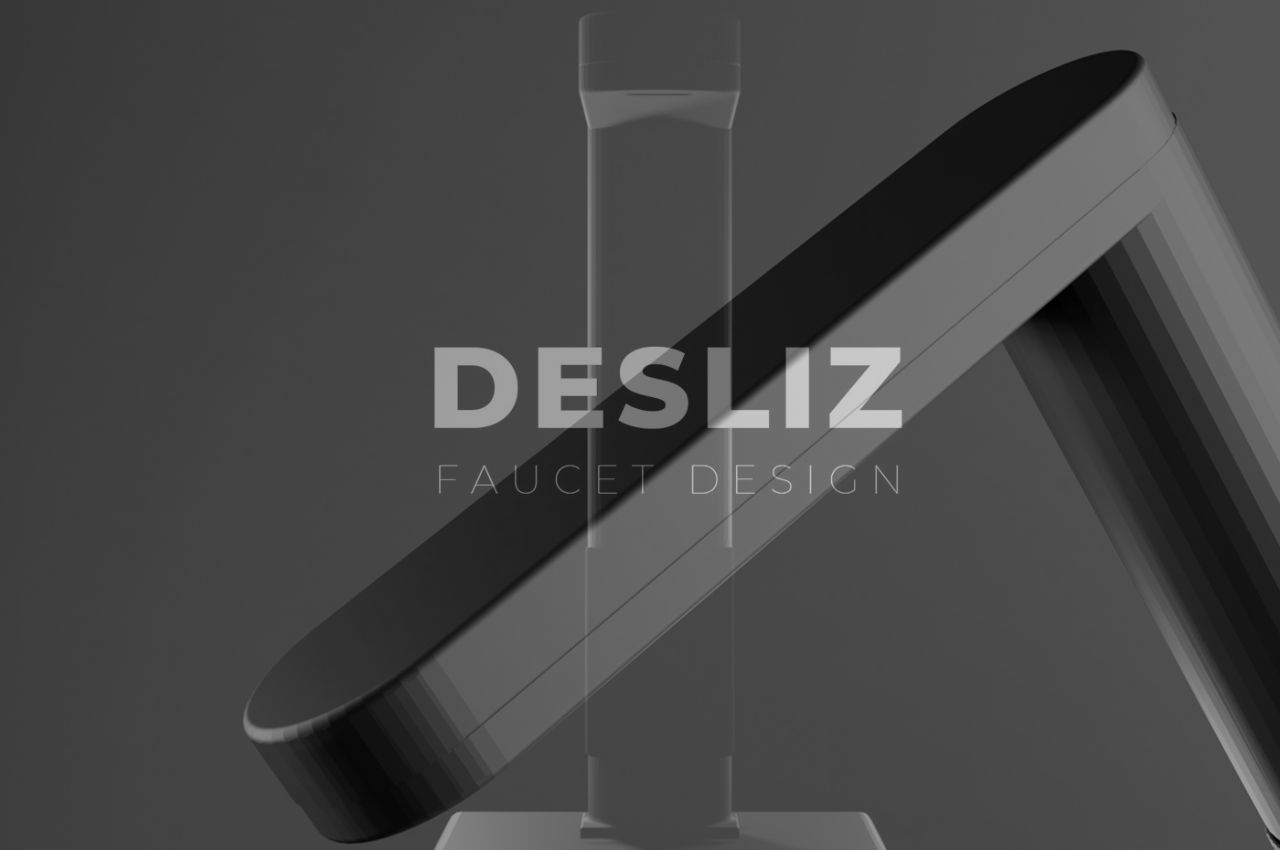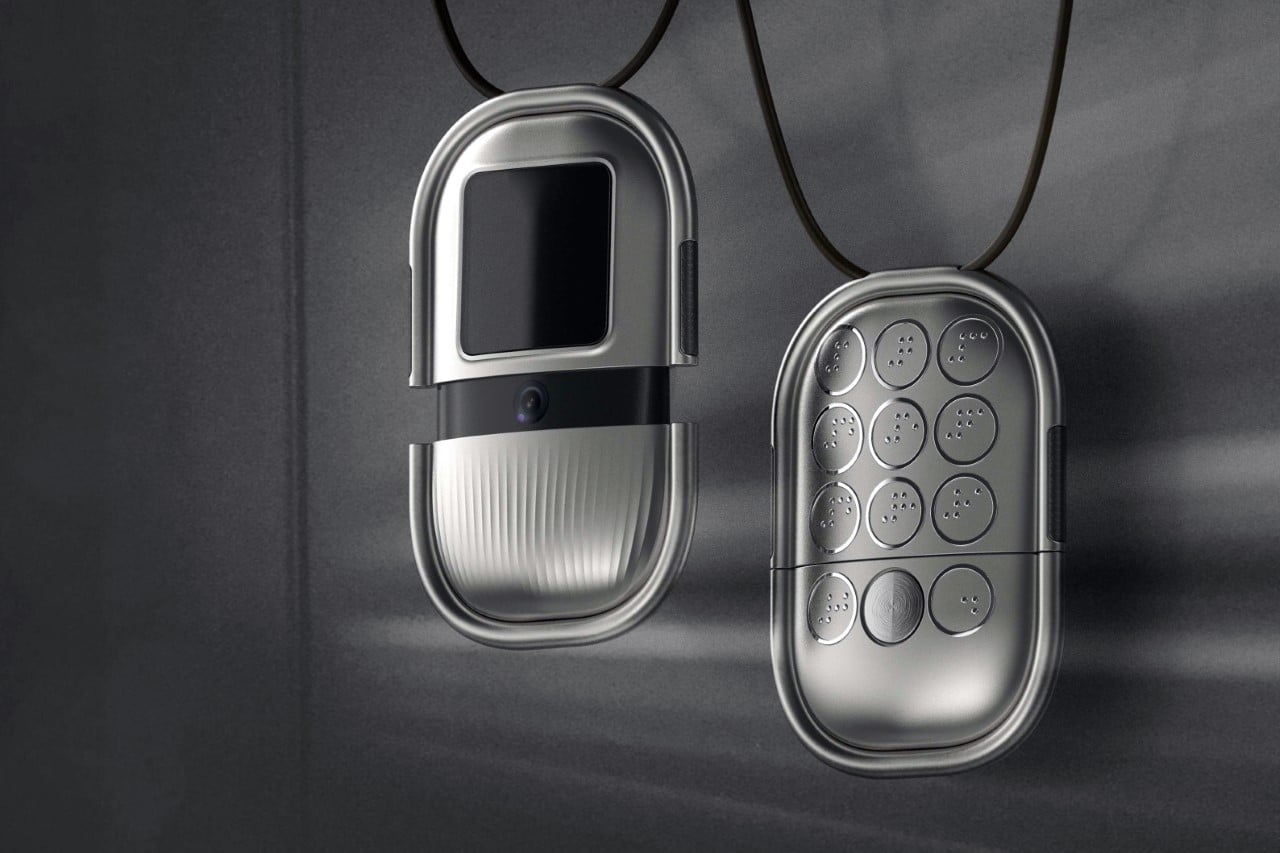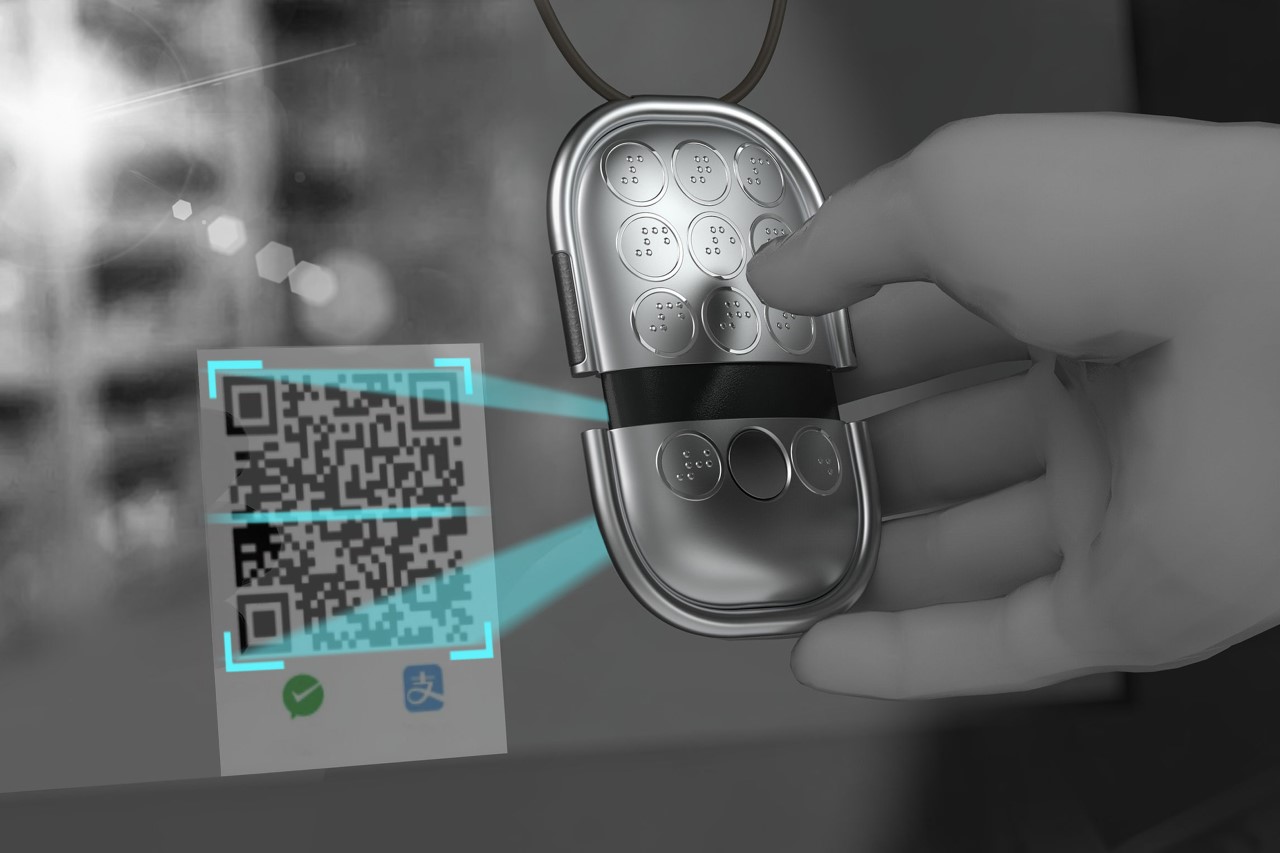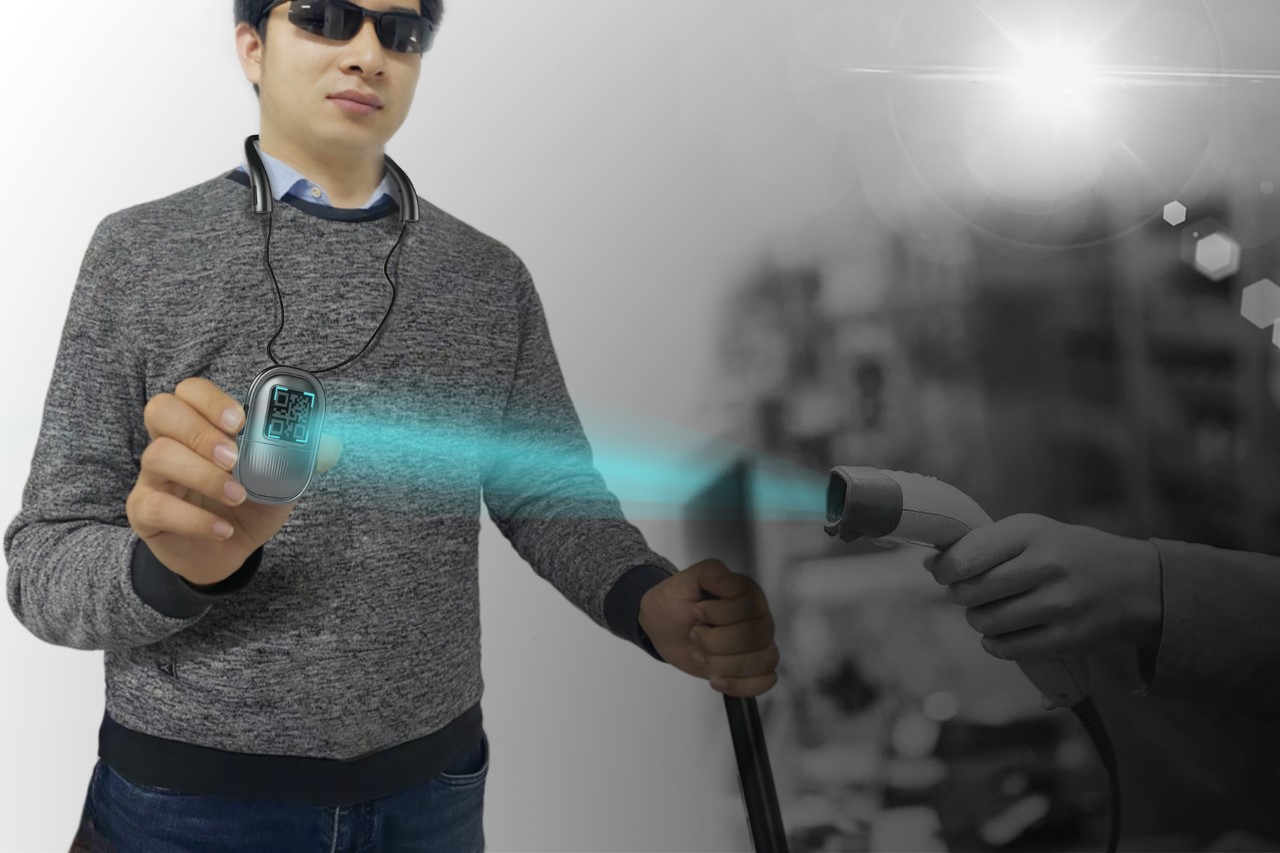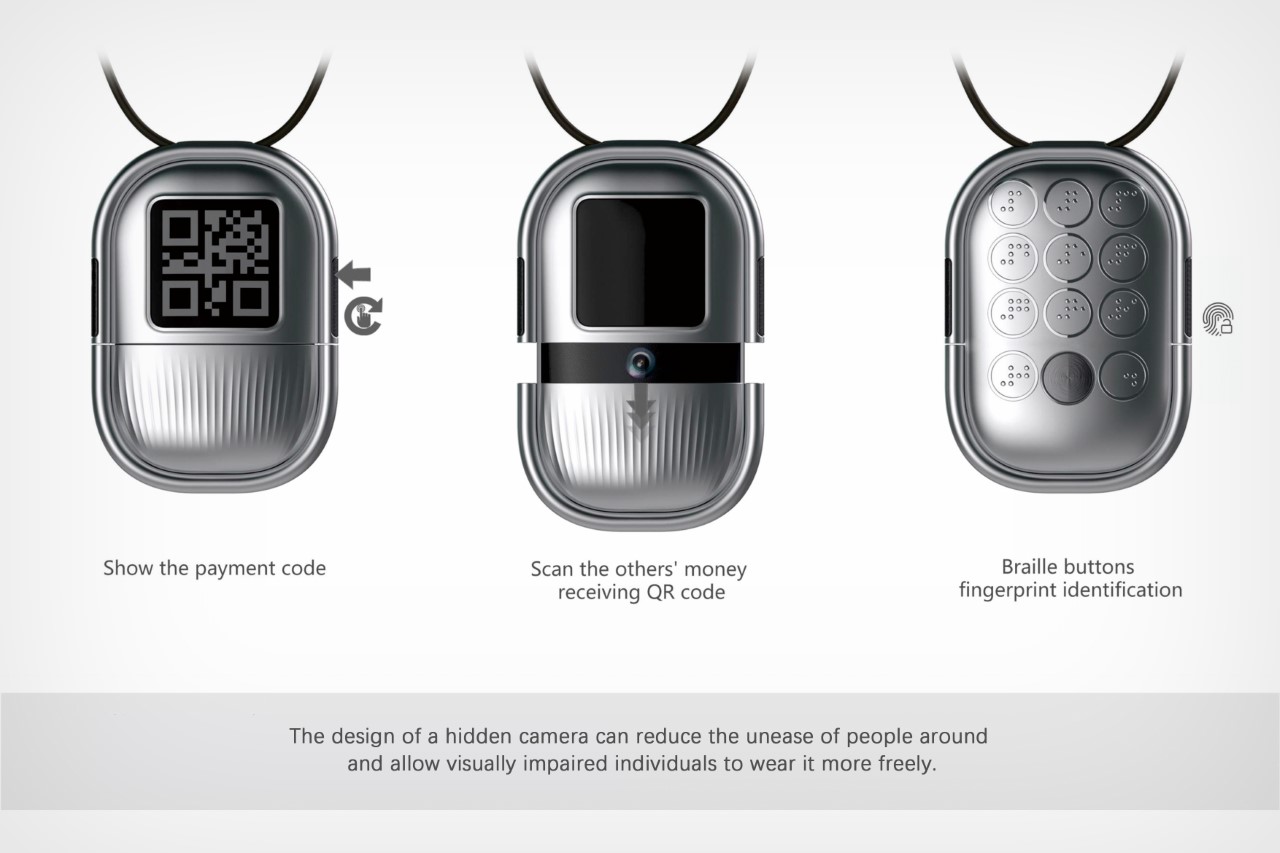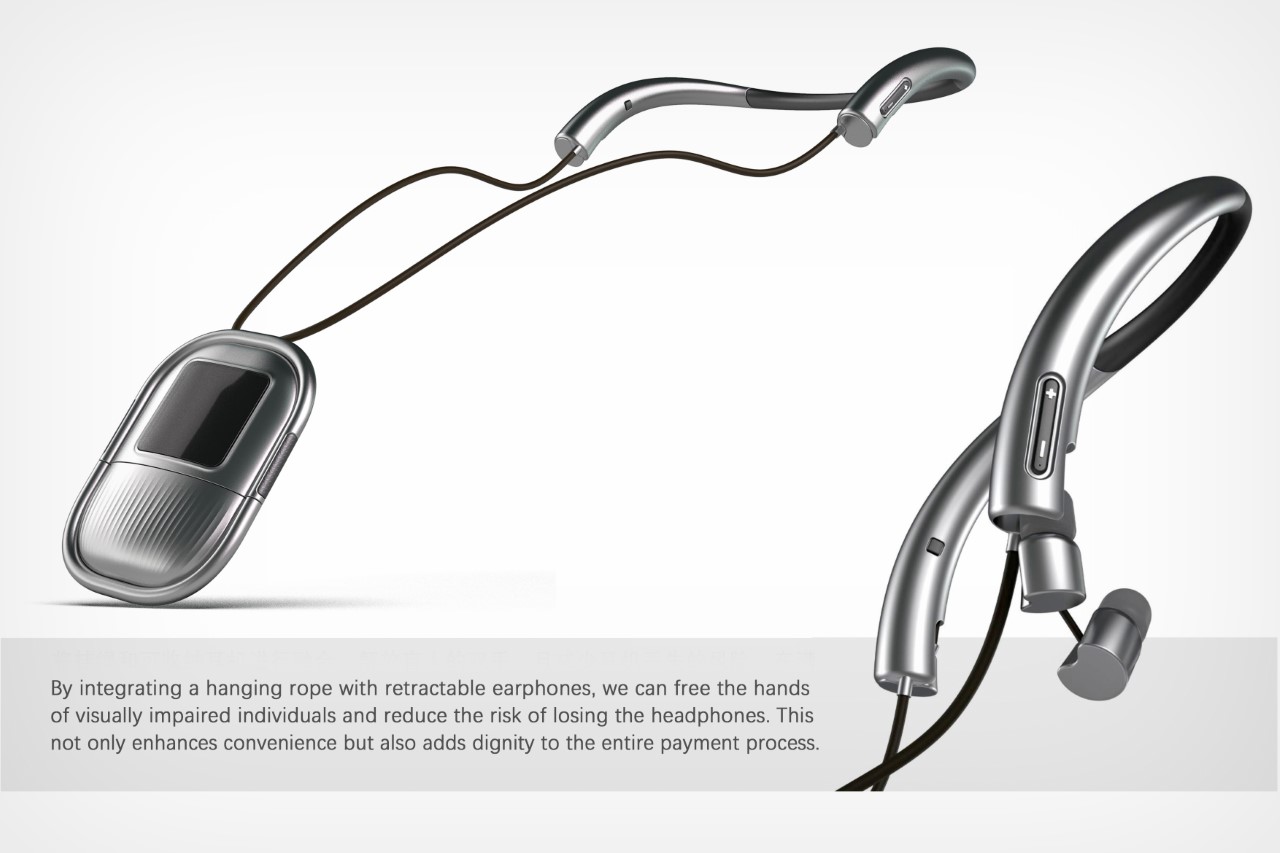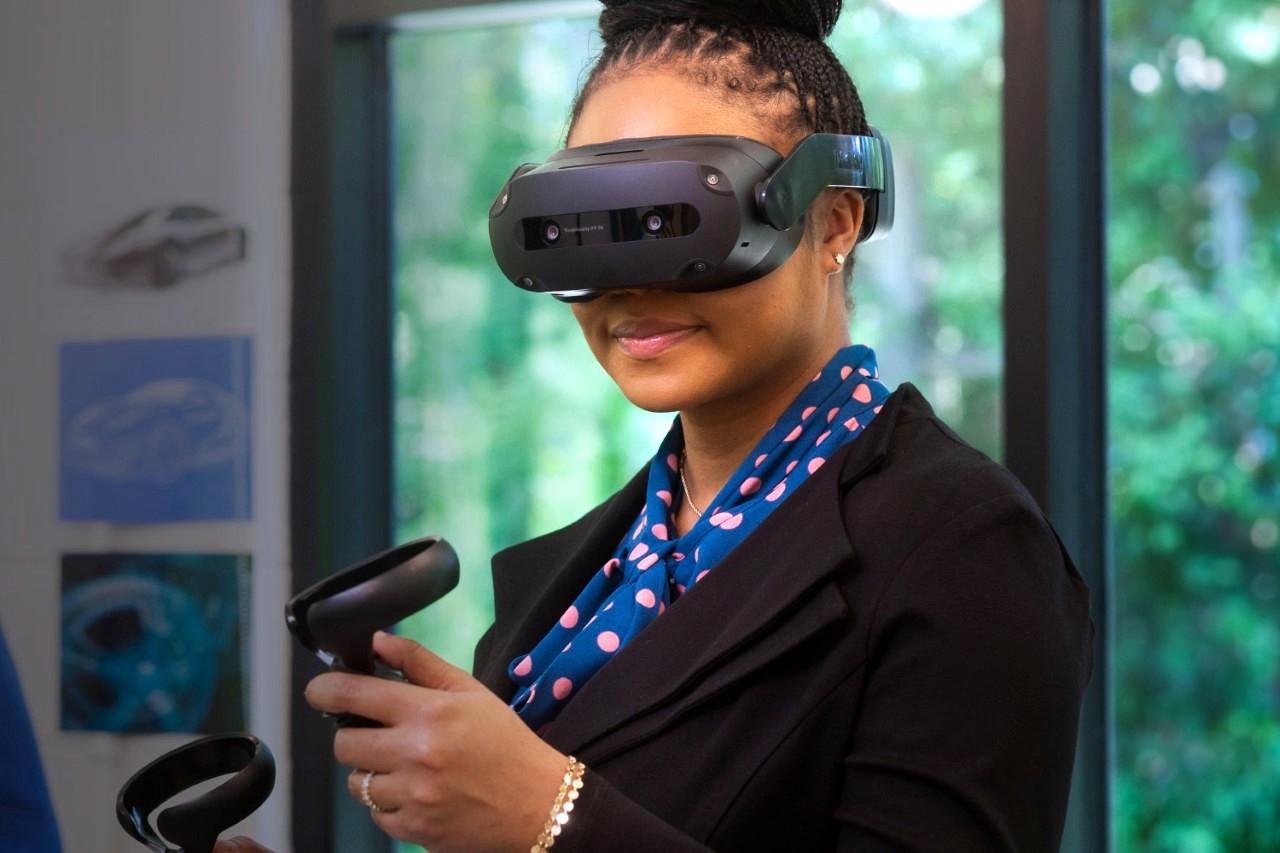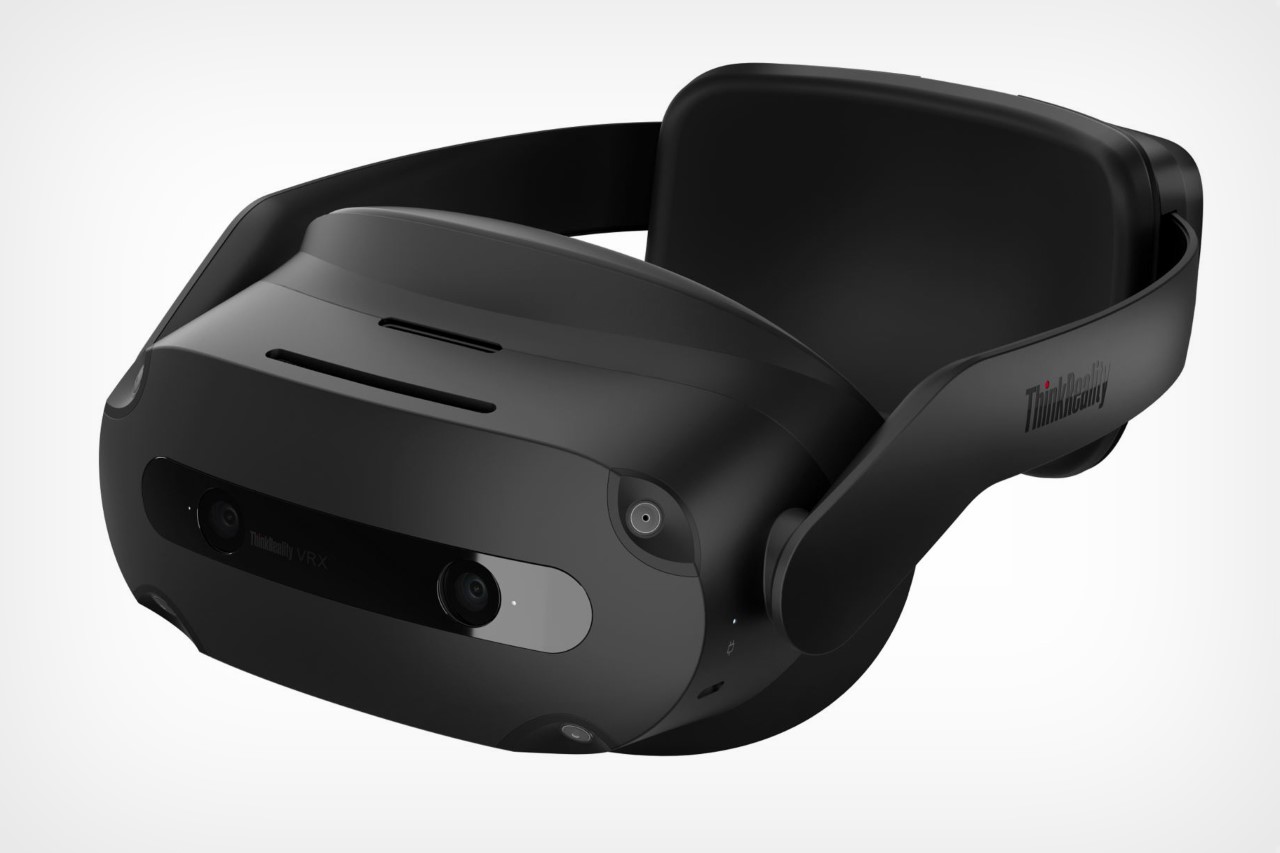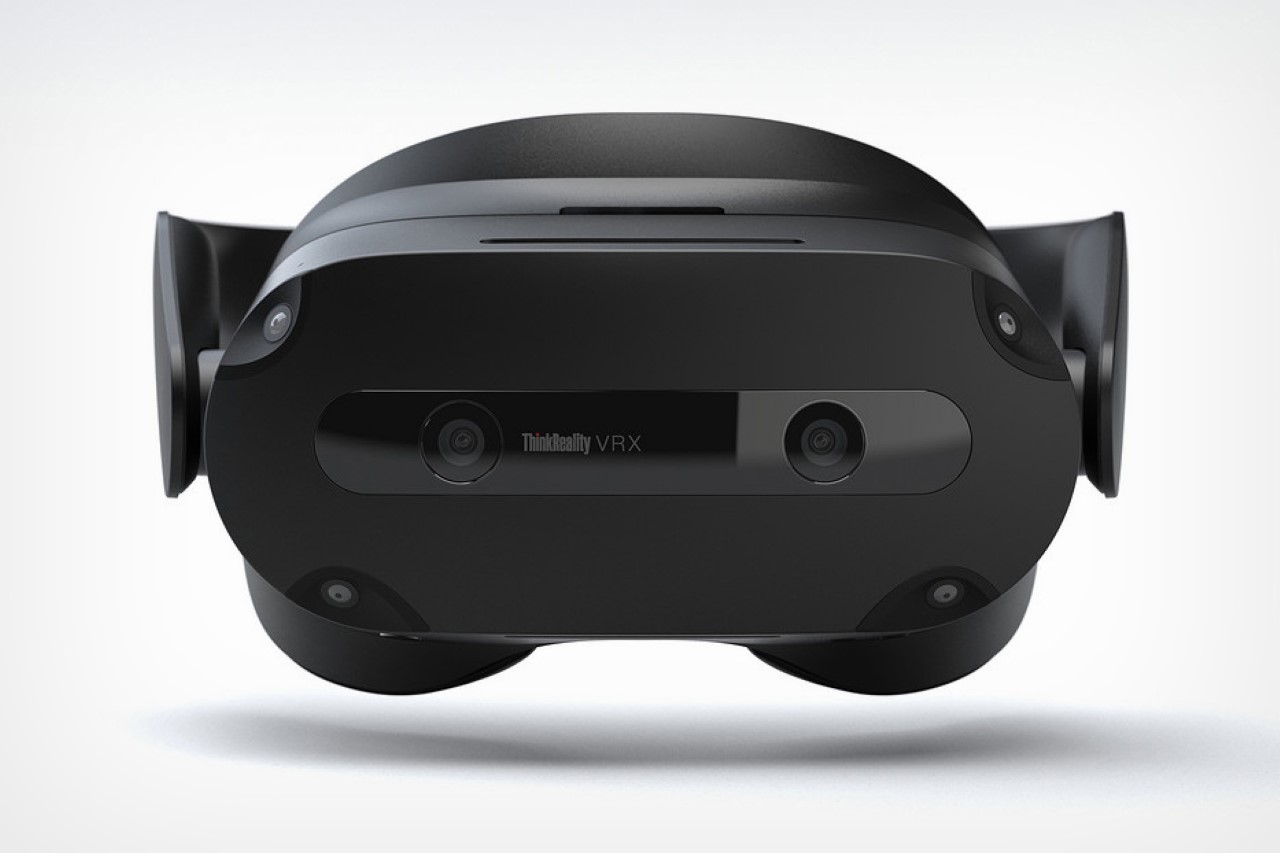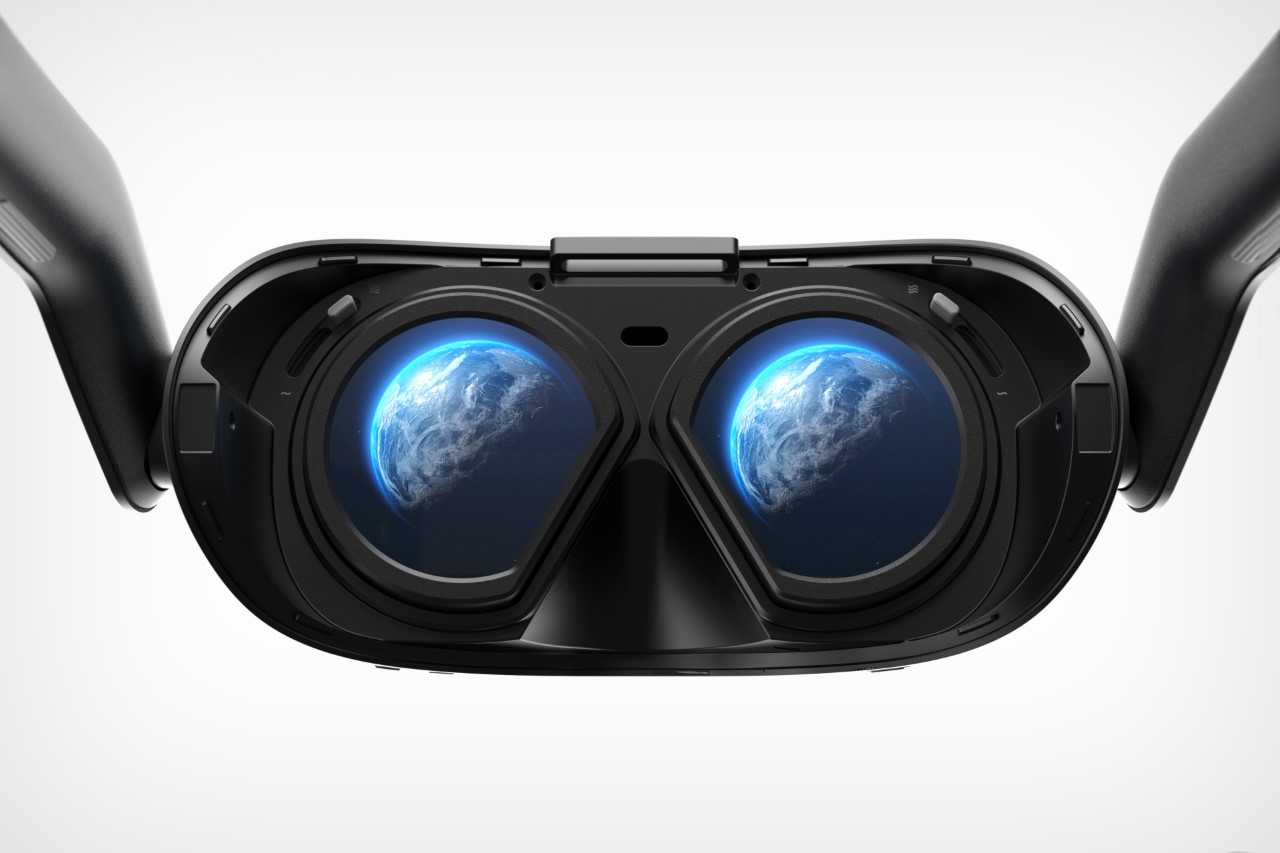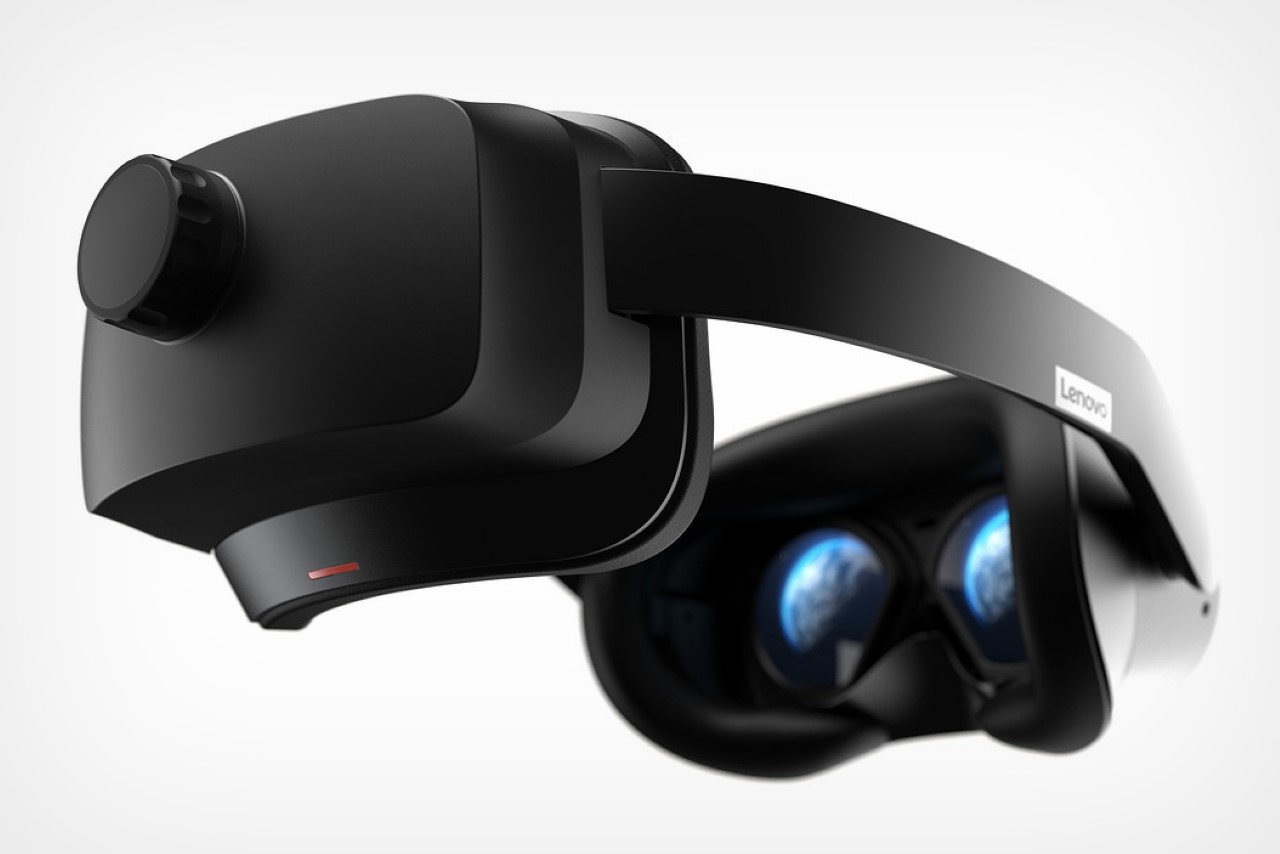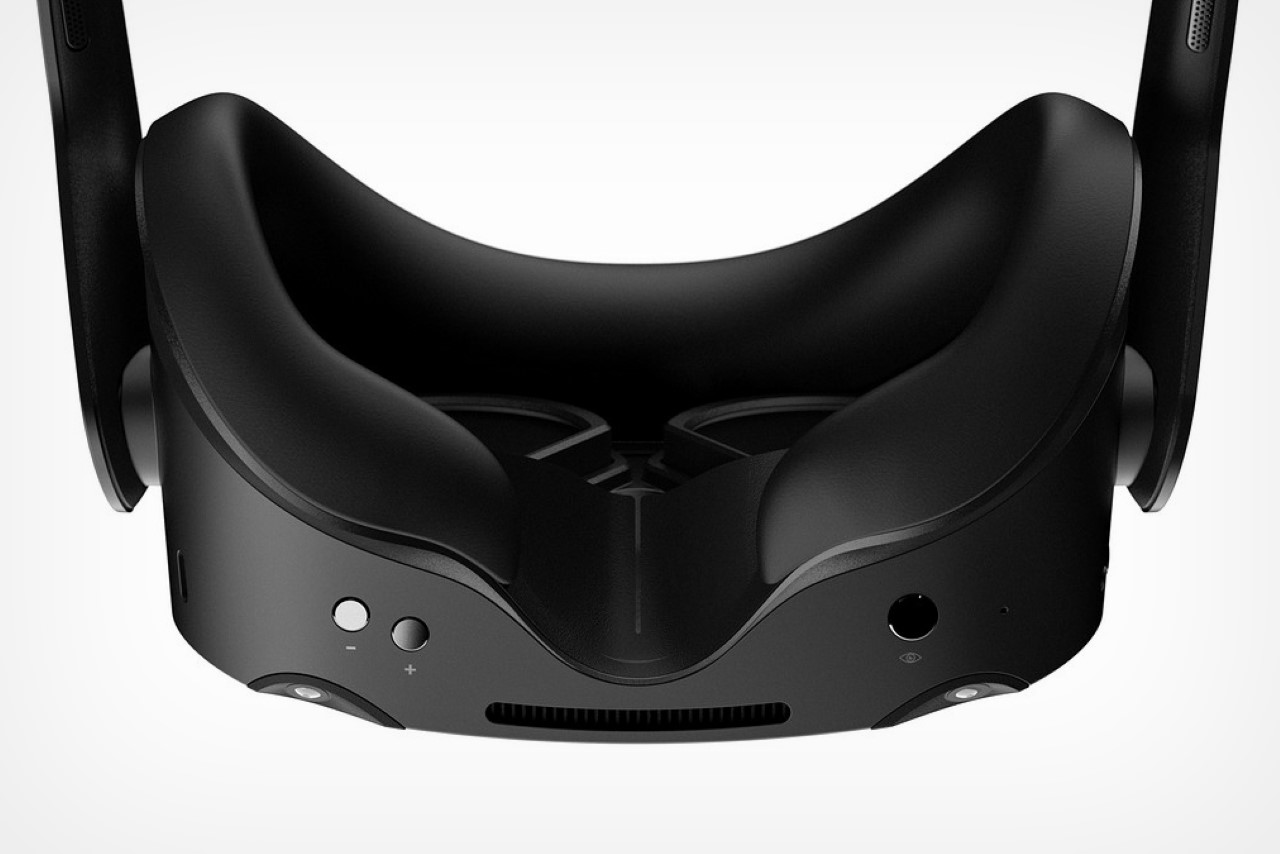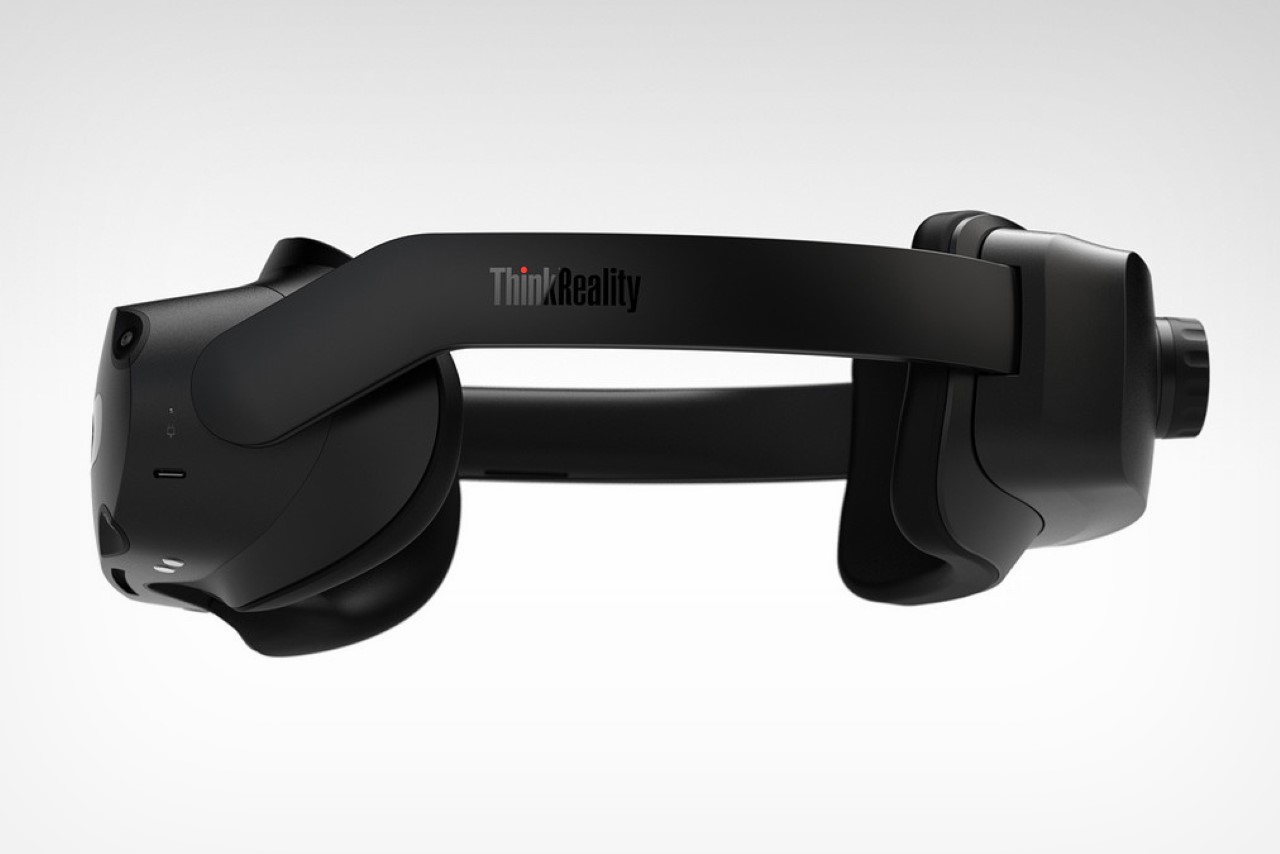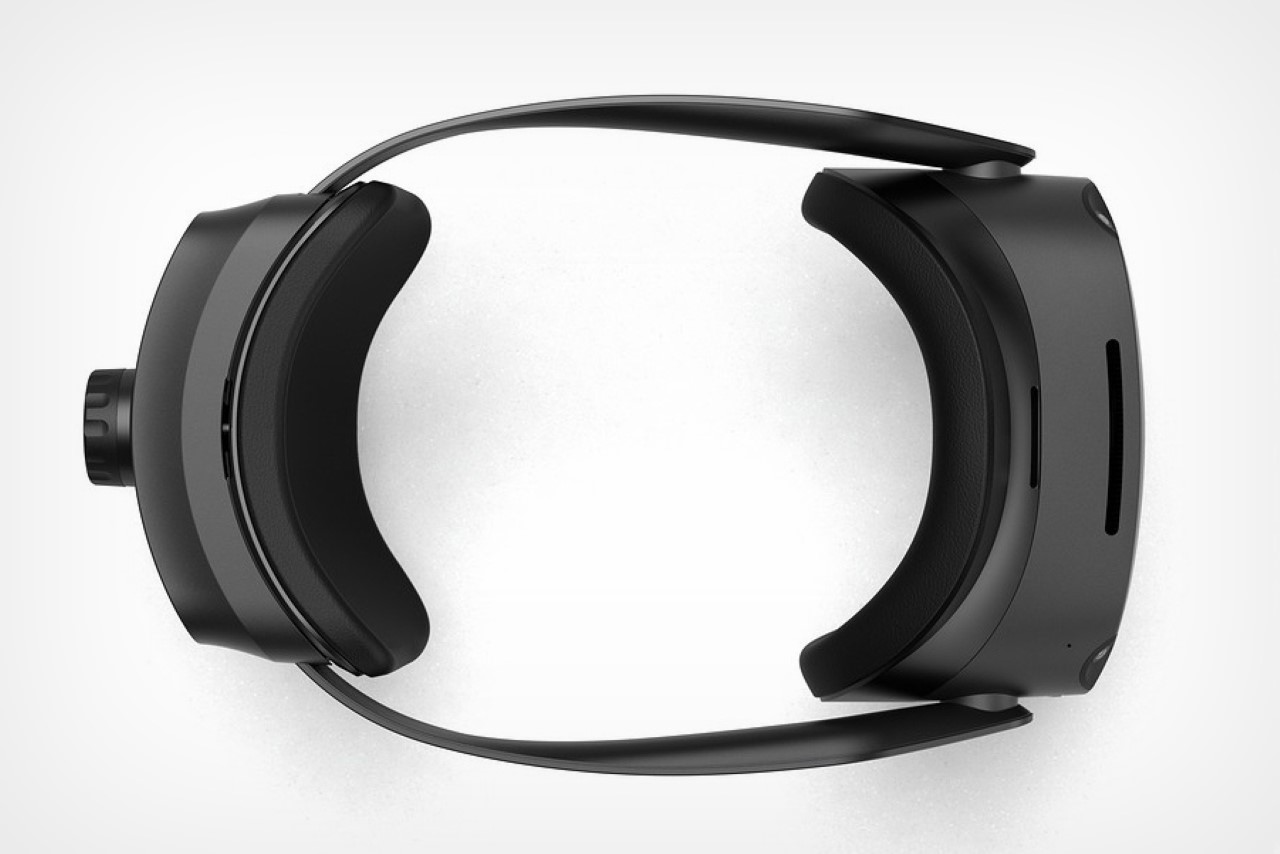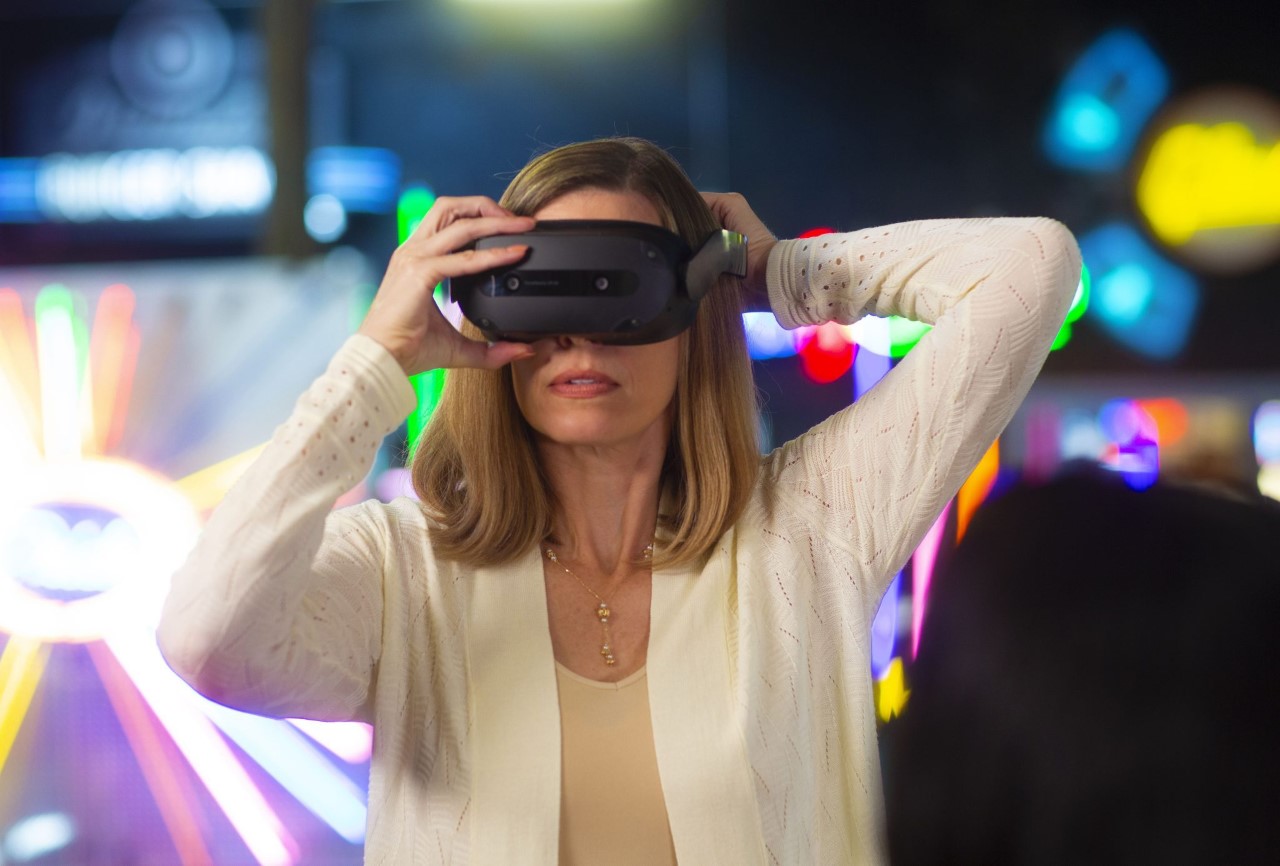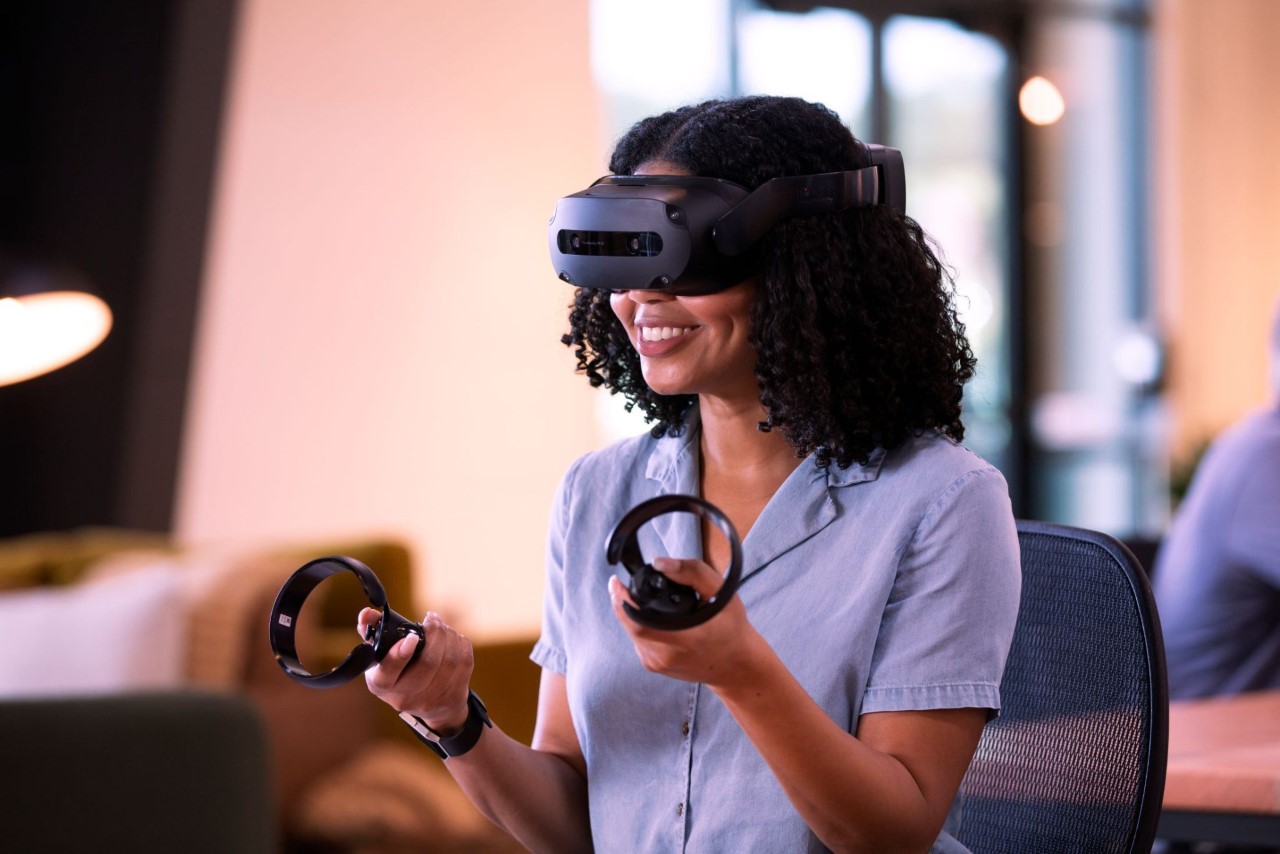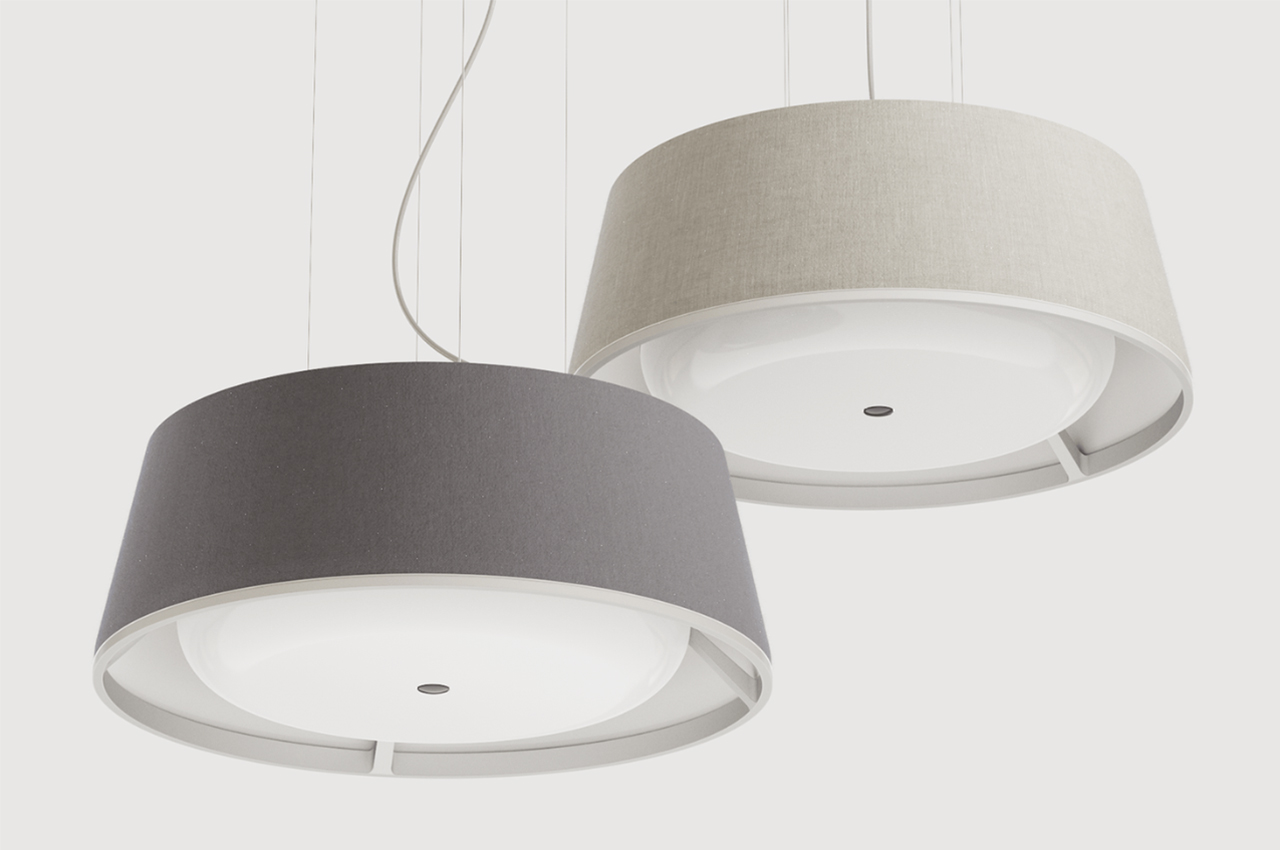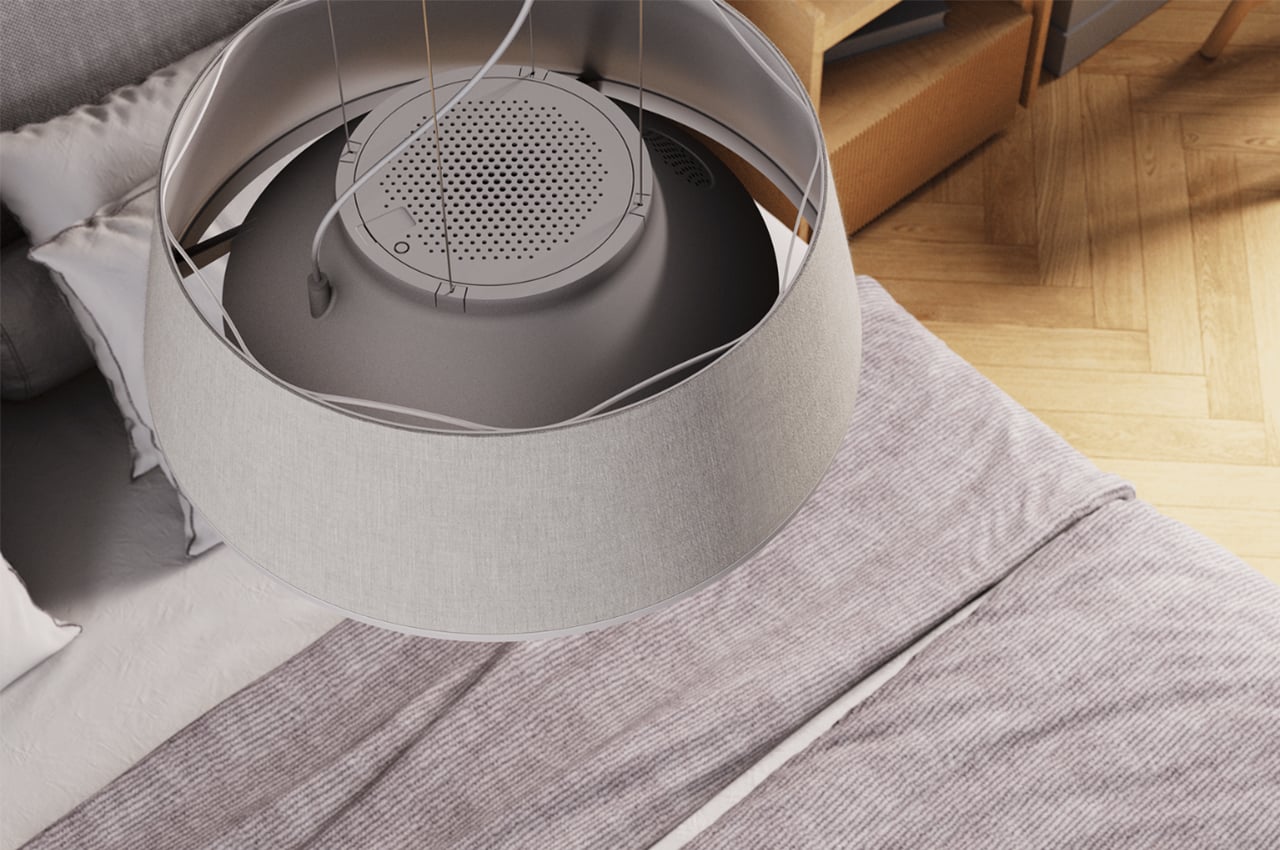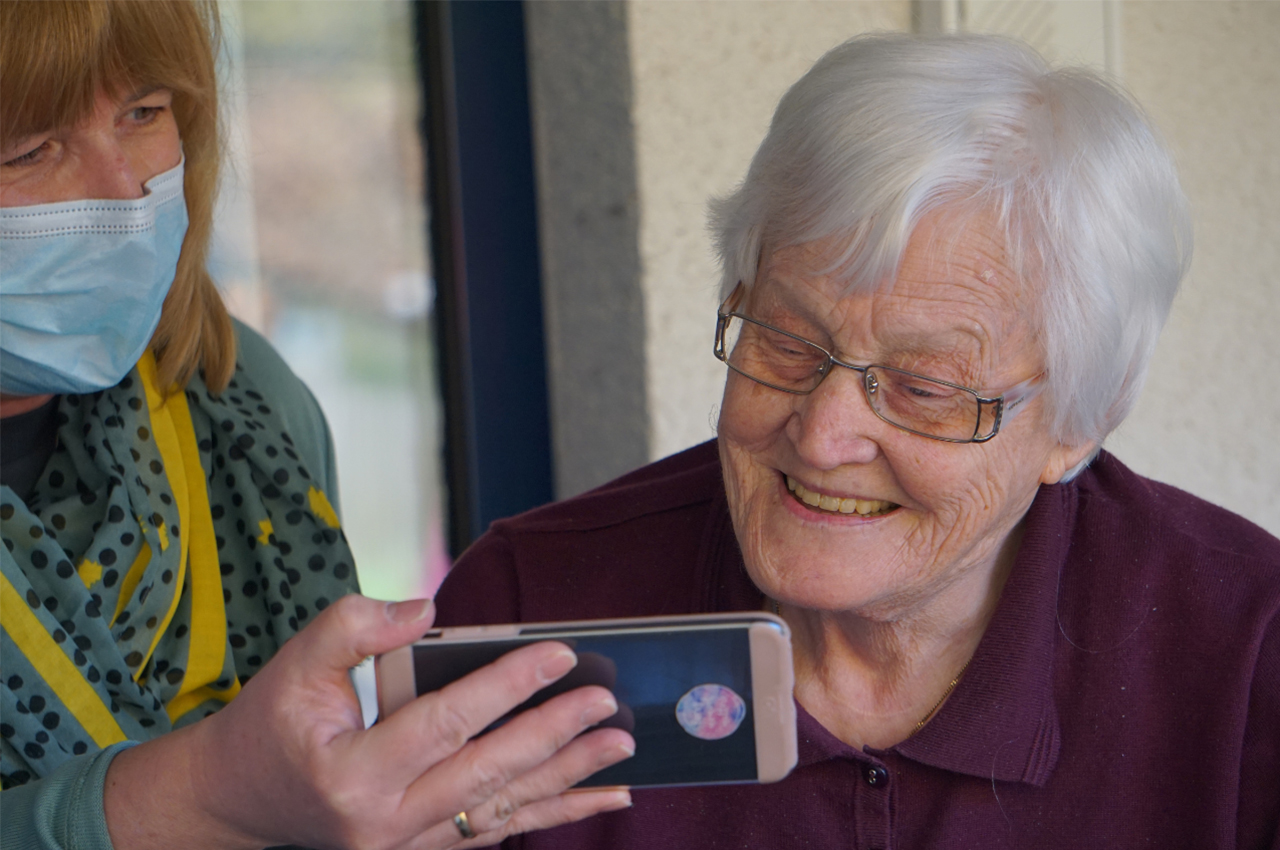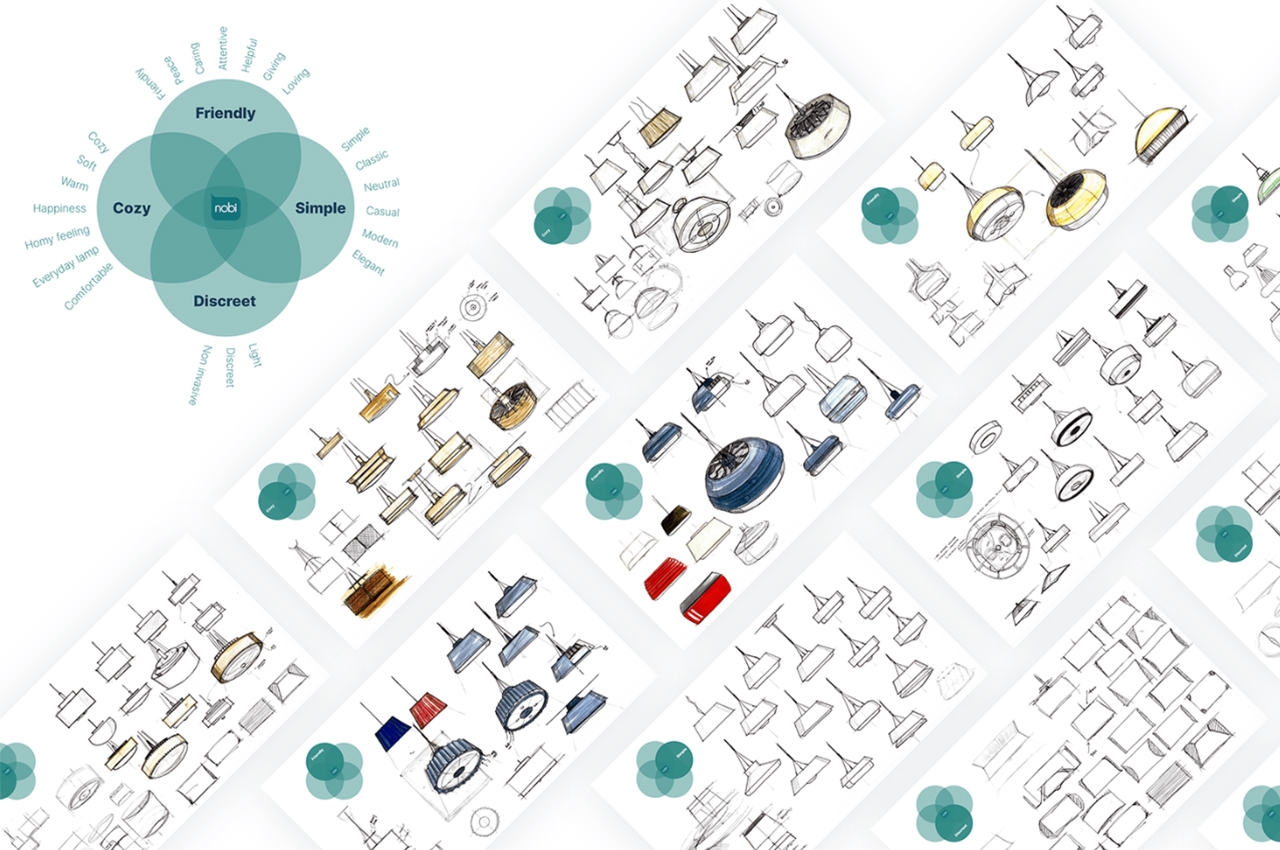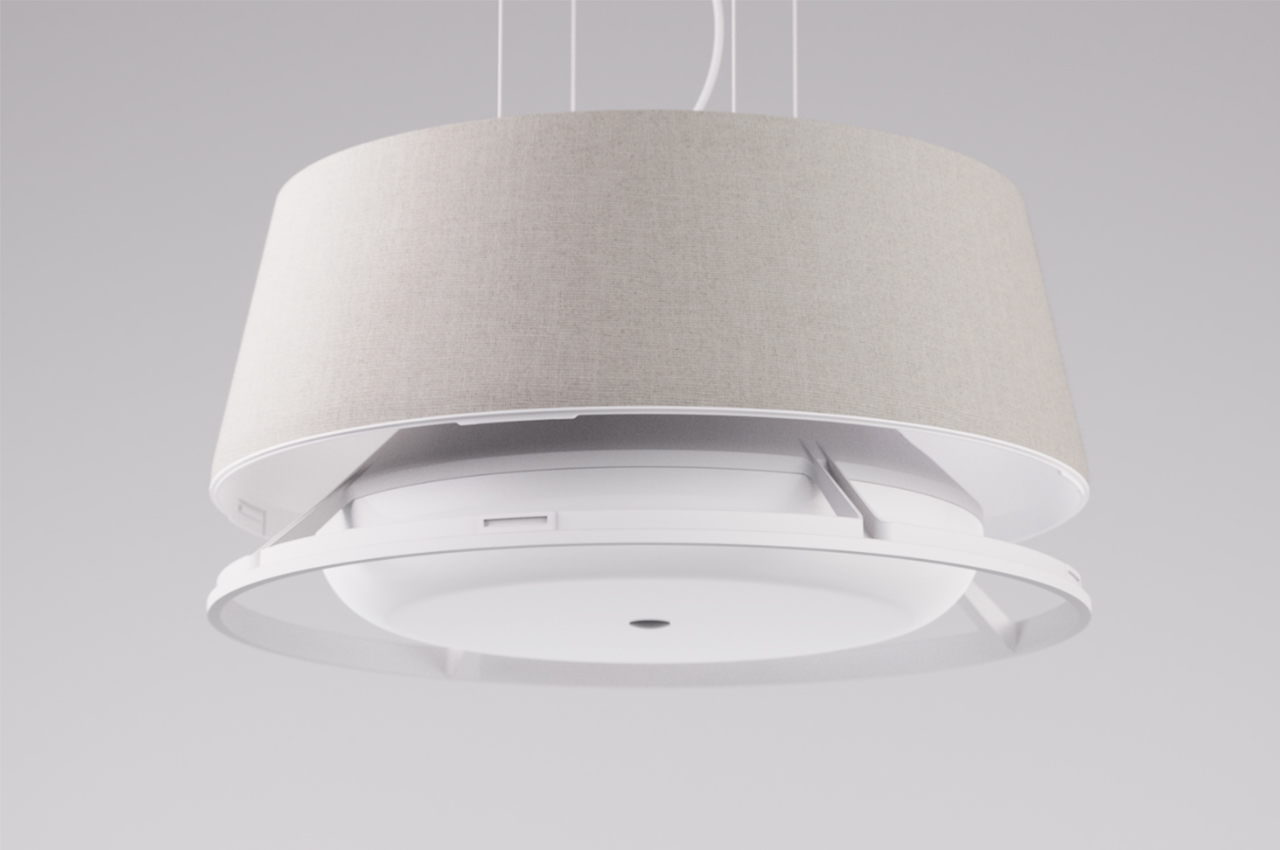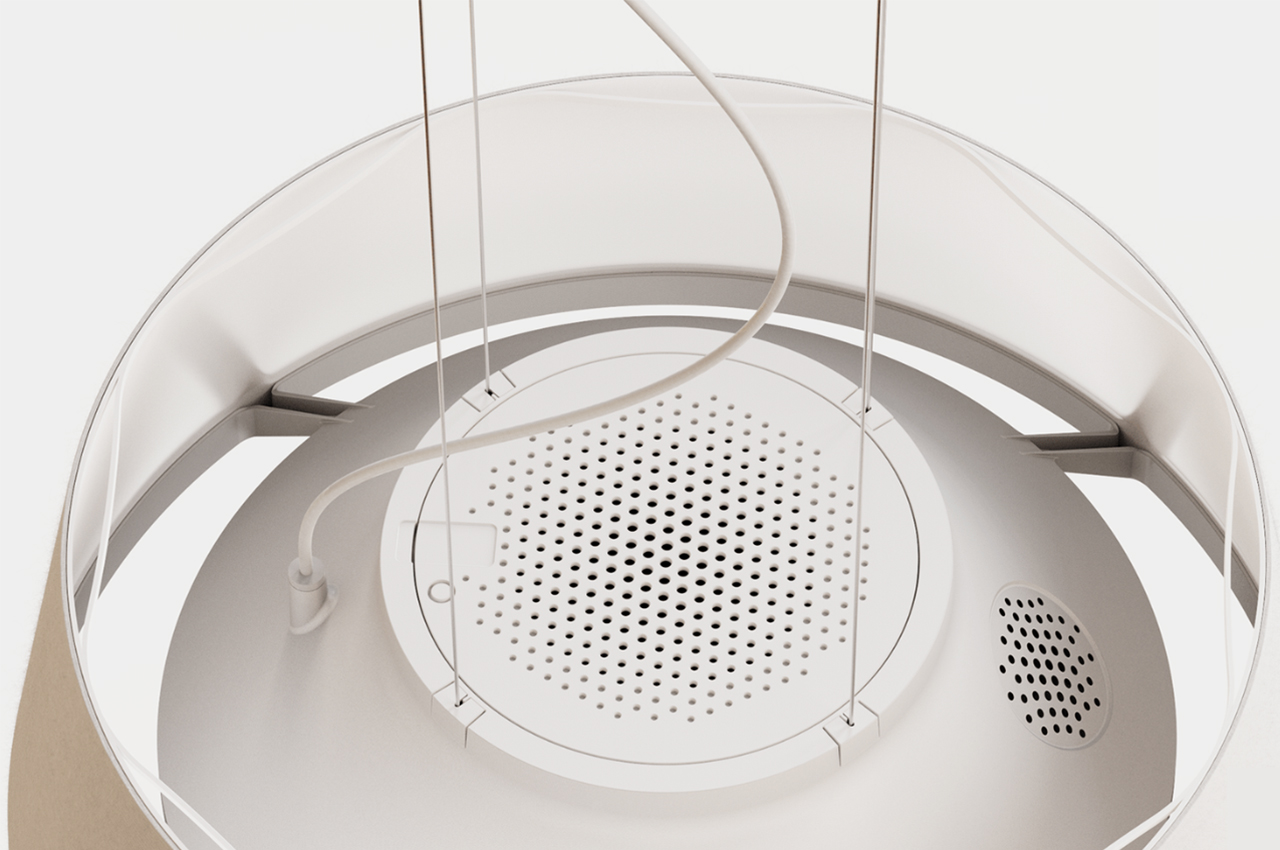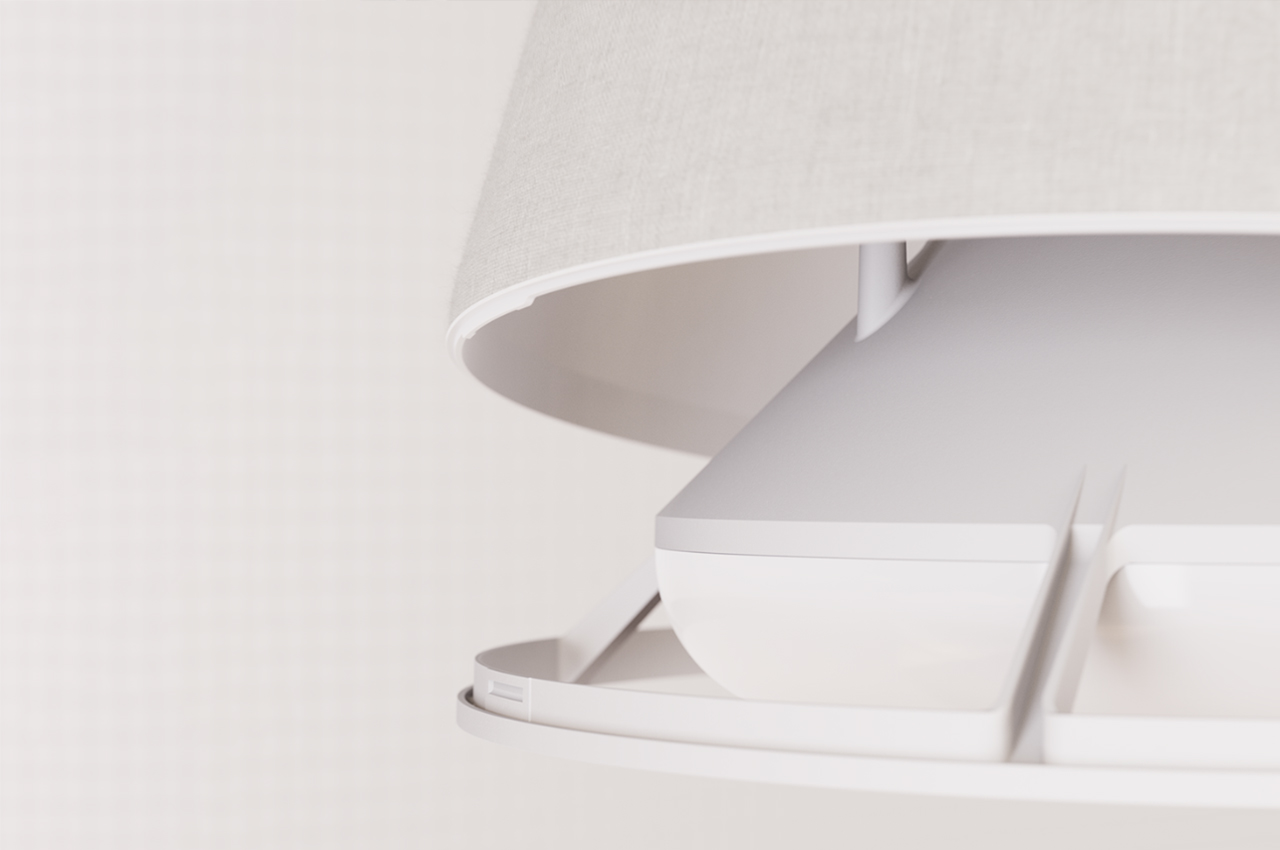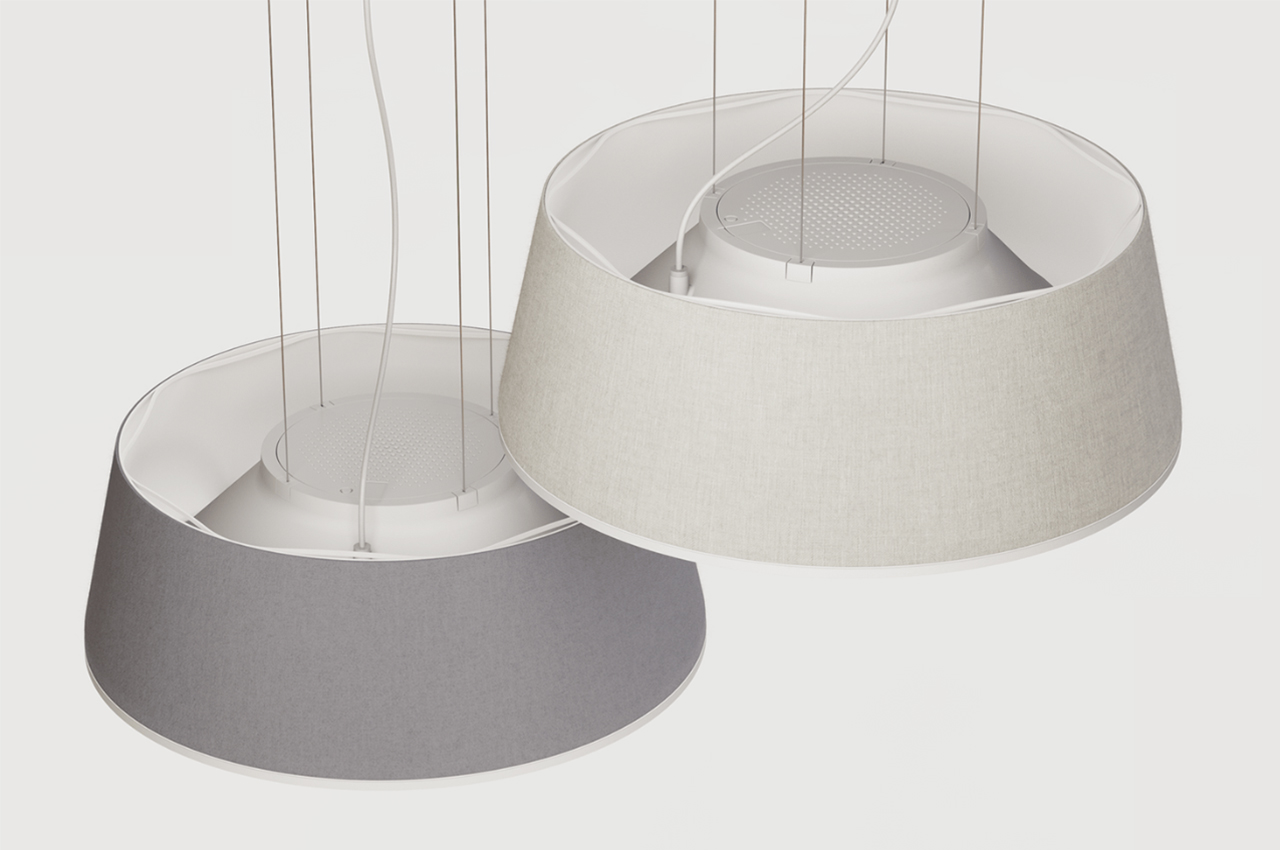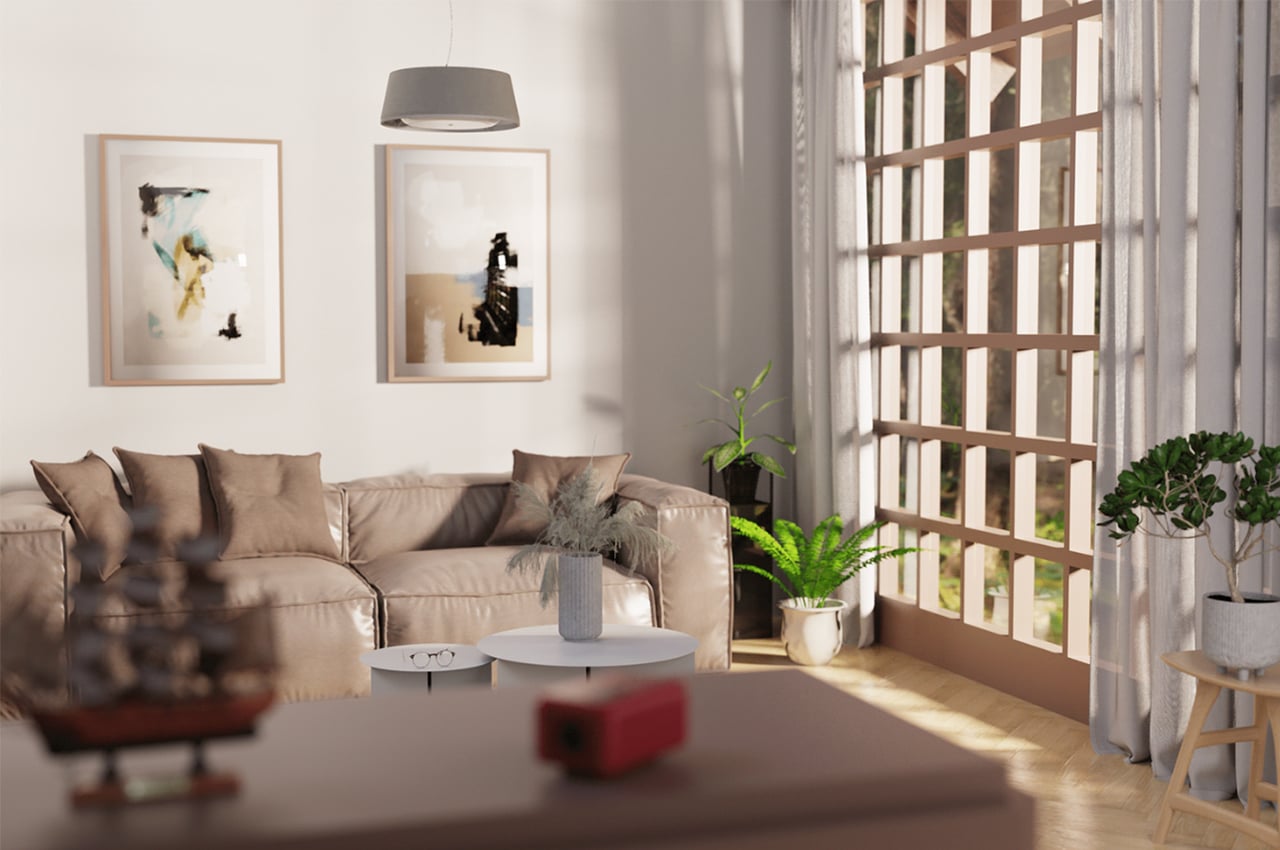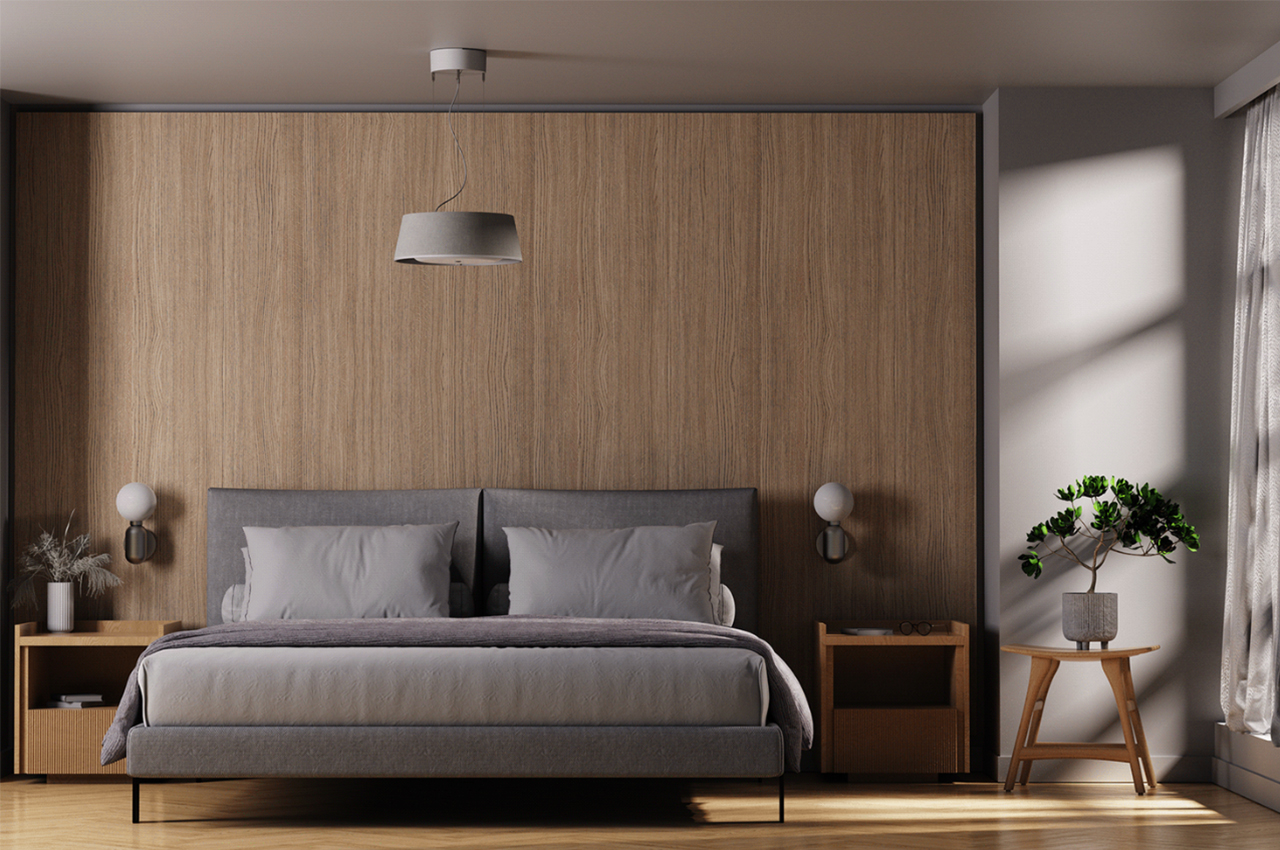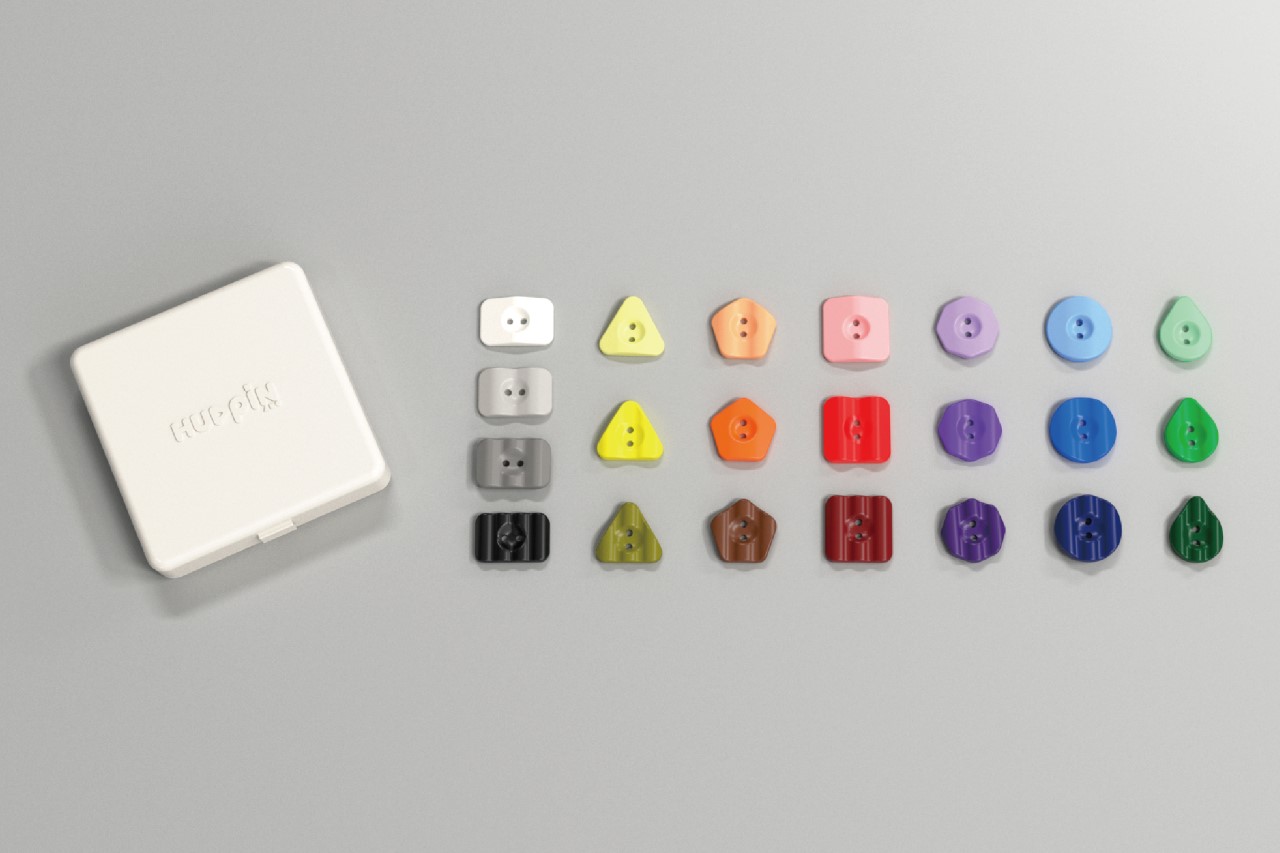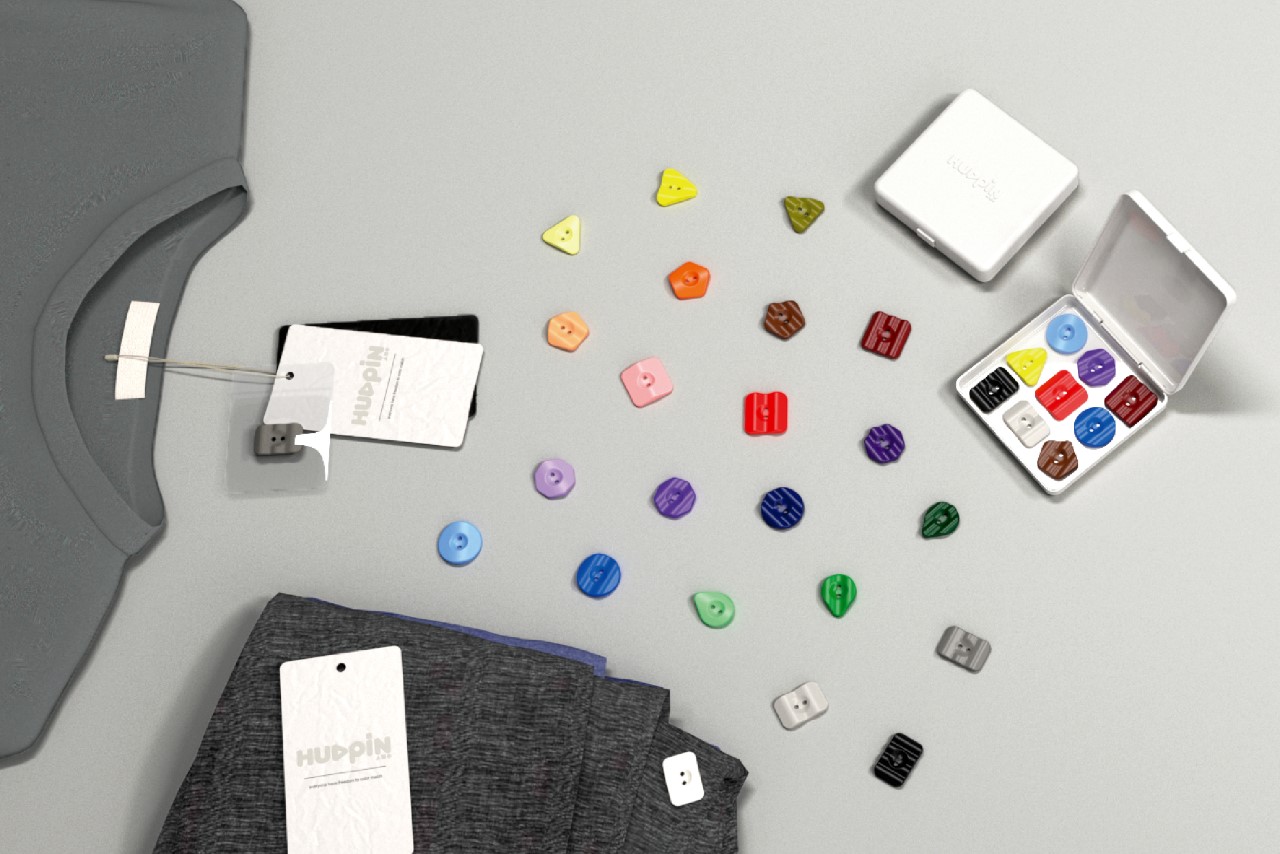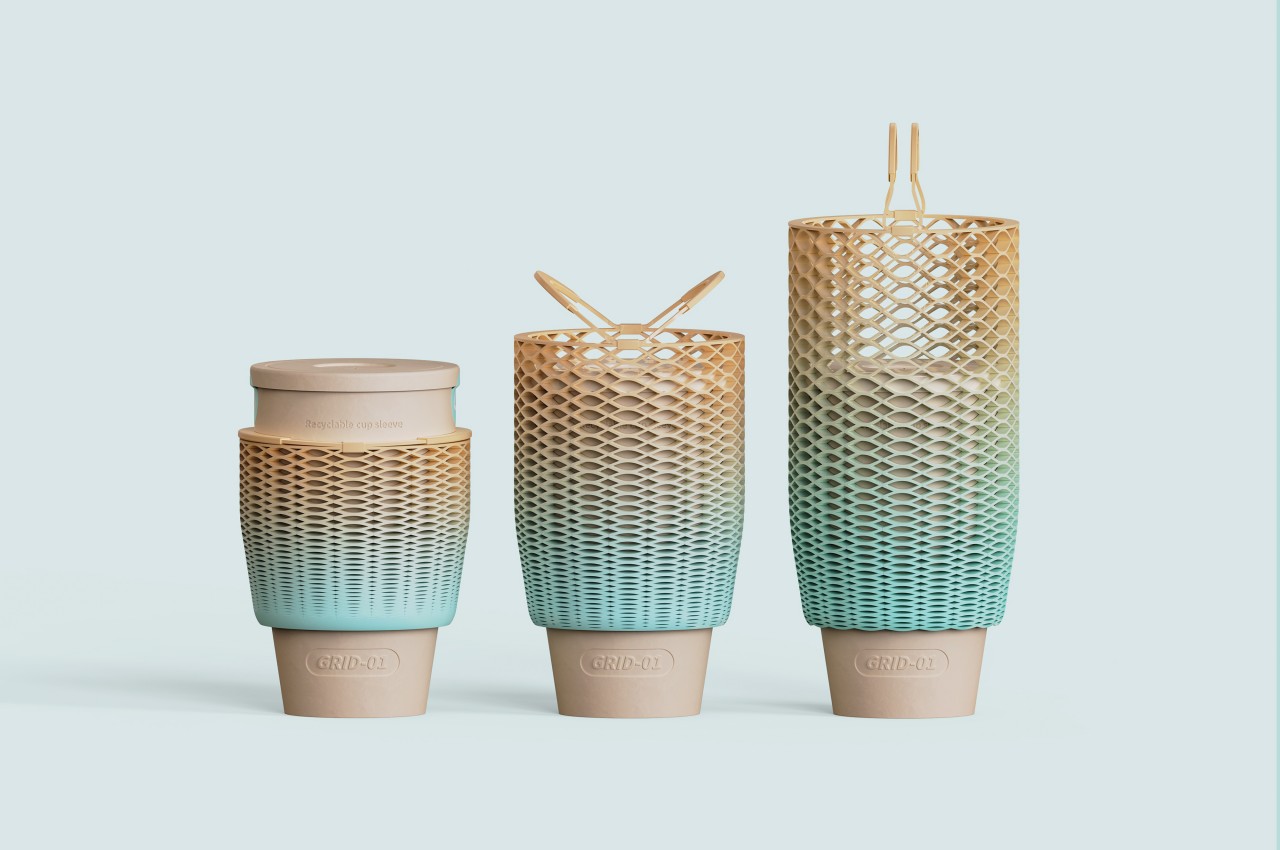
The number of coffee chains spread around the world is undeniable proof of how much people desire or even thrive on the beverage. Unfortunately, that number is also an indirect testament to the waste that the industry produces, especially when it comes to to-go cups. The majority of these cups are made of plastic, though some brands and consumers are becoming wiser and opting for more sustainable drinkware. The problem, however, is when you need to carry more than one of these cups, usually in precarious trays or bags. A paper cup design concept tries to hit two birds with one stone, offering not only a more sustainable cup but a better way to hold and carry them.
Designer: Shenzhen Samore Design & Research
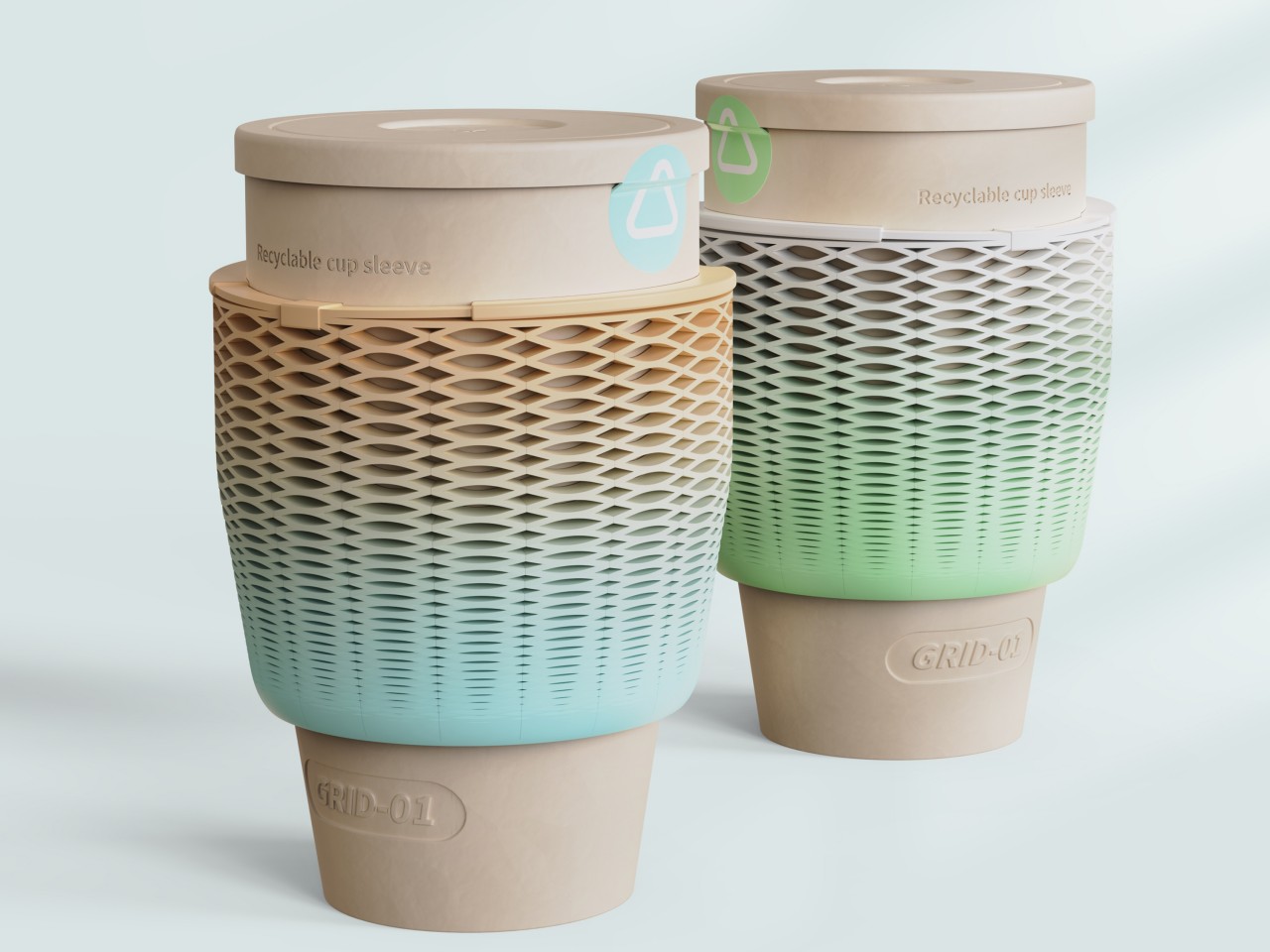
Although iced coffee to go is still usually served in plastic containers, unless you bring your own reusable cup, the more common hot beverage is thankfully put in paper cups with cardboard sleeves. Their designs are simple and handy for holding in one hand, but some people have the unfortunate task of buying for a group. Some stores offer cardboard trays or boxes for carrying two or four drinks at once, though some have to resort to bags that could let the coffee spill as you swing it while walking.
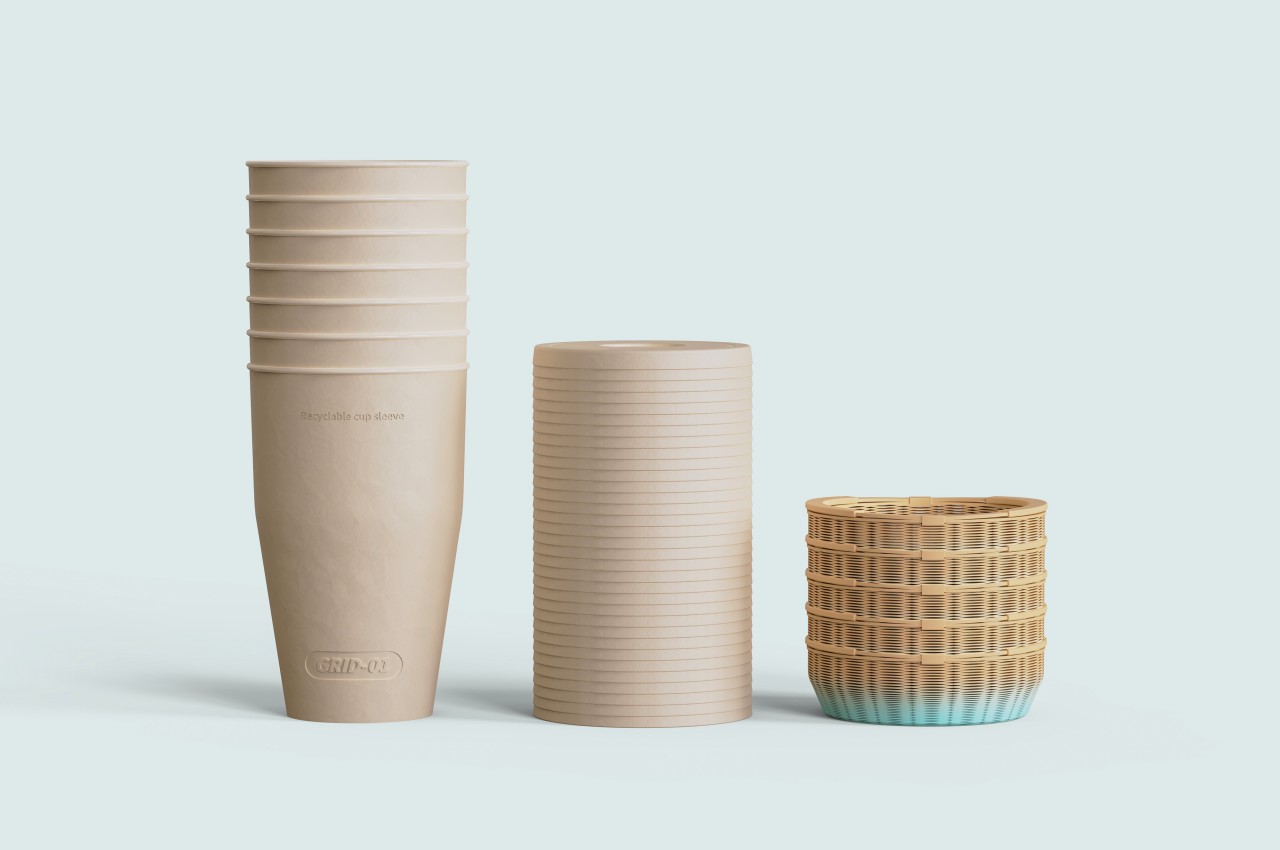
Neither are ideal solutions, especially for long-term use or reusable cups, so someone thankfully thought of a better and admittedly more aesthetic solution to this common problem. It doesn’t have a formal name yet, but the Accordion Paper Cup design offers a simple yet ingenious way not just to carry coffee paper cups but also to hold one in your hand. In a nutshell, the paper cup has a sleeve that expands upward, turning it into a bag of sorts.
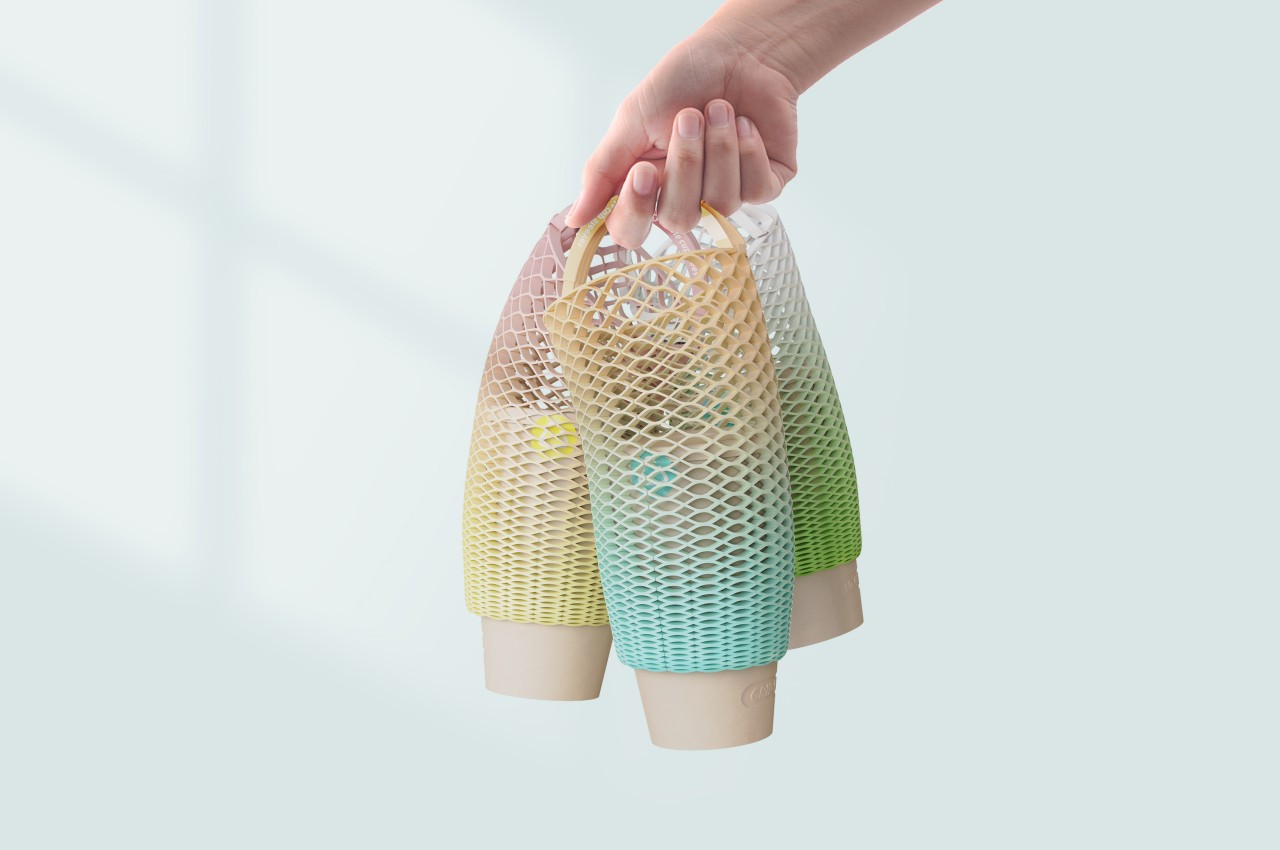
The trick to this sleeve design is the accordion-like structure can easily expand and contract without changing its total mass. This same structure happens to also be a good insulator against heat, allowing you to wrap your hand around a hot cup. It might not be an intentional part of the design, but the alternating pattern of holes and divisions also makes it easier to grip an otherwise smooth and slippery cup.
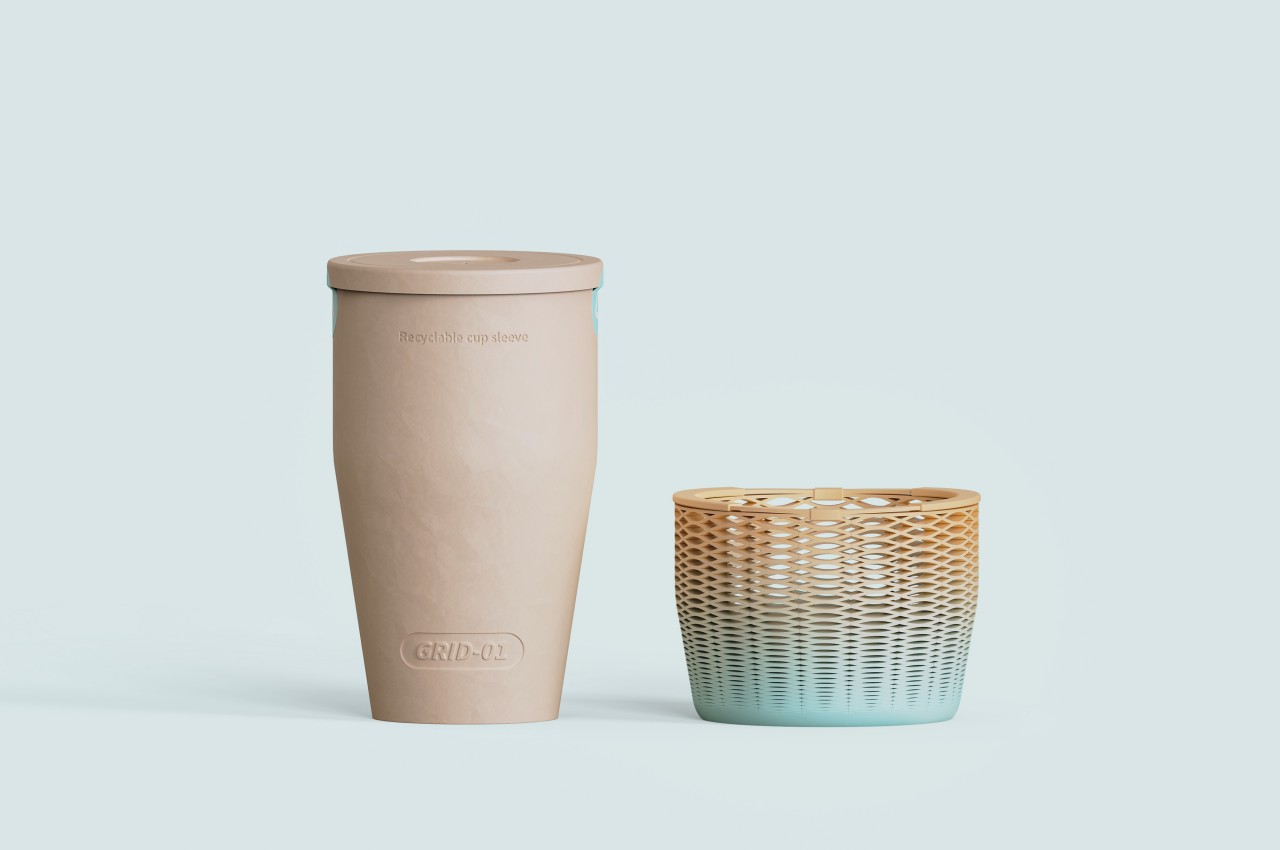
The paper cup and its innovative sleeve are allegedly made of recyclable, renewable, and biodegradable materials, further driving home the idea of an all-in-one sustainable solution for to-go cups. But while the cup itself seems to have that brown hue typically associated with recycled paper products, the sleeve has a gradient that softly shifts from blue to brown, though other colors are also possible. Unfortunately, there is no word on whether this concept has any chance of becoming an actual product, but it’s definitely an interesting avenue to consider for large coffee chains.
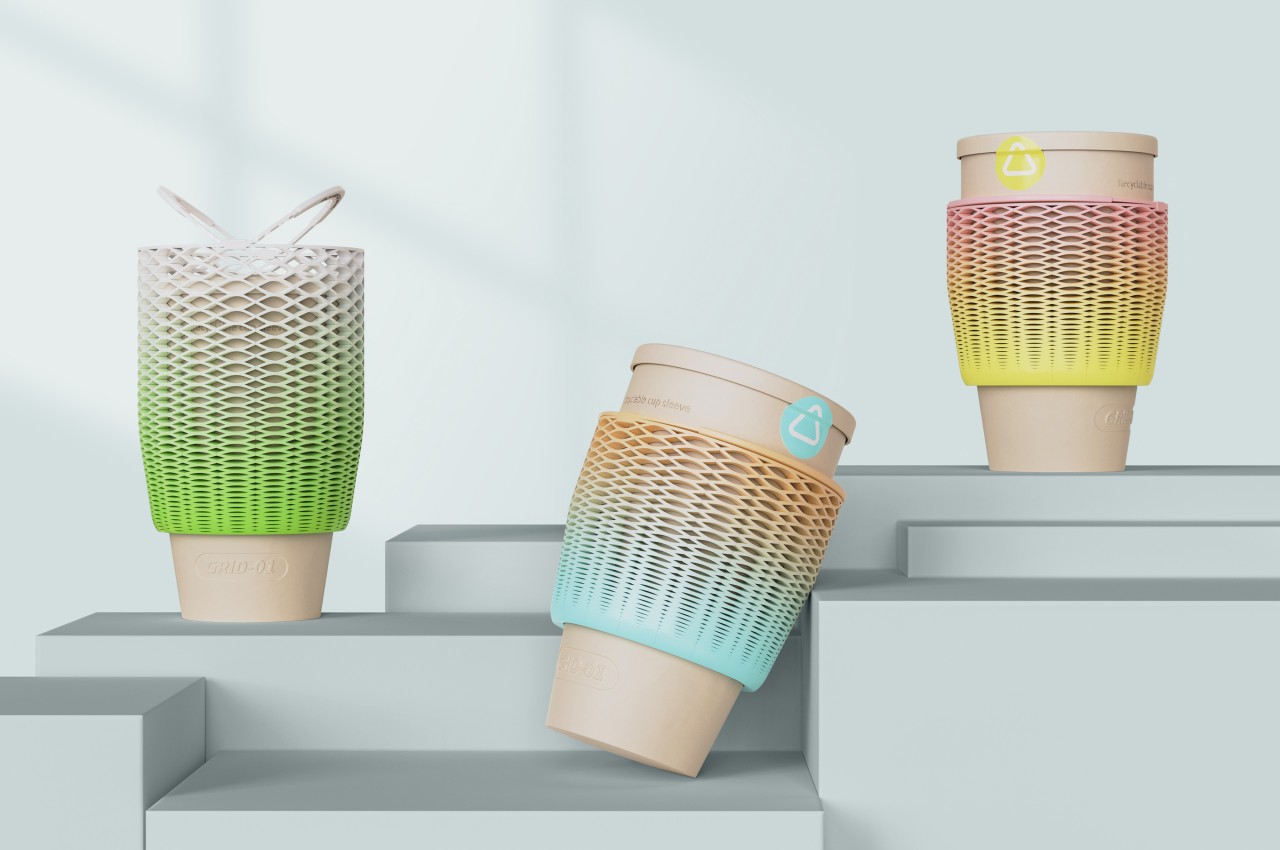
The post Accordion paper cup concept makes carrying coffee easier and more sustainable first appeared on Yanko Design.
